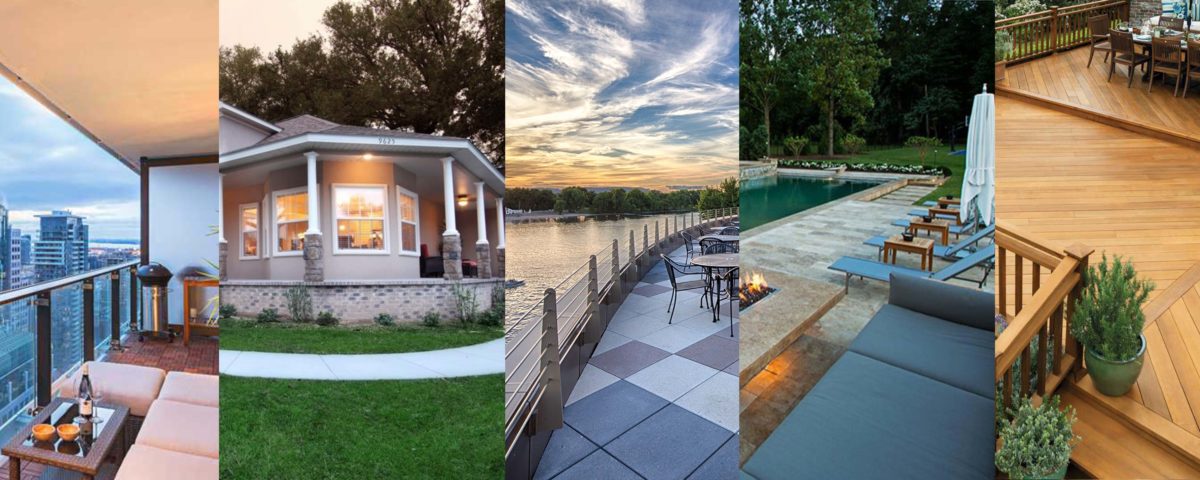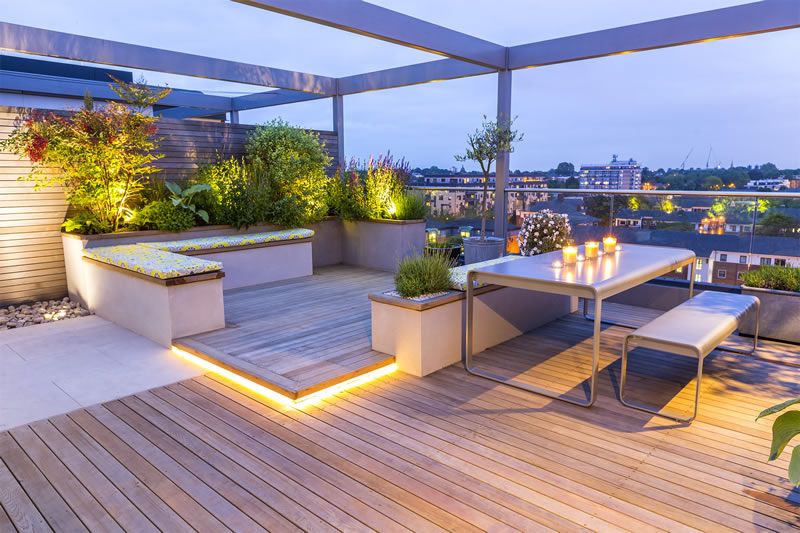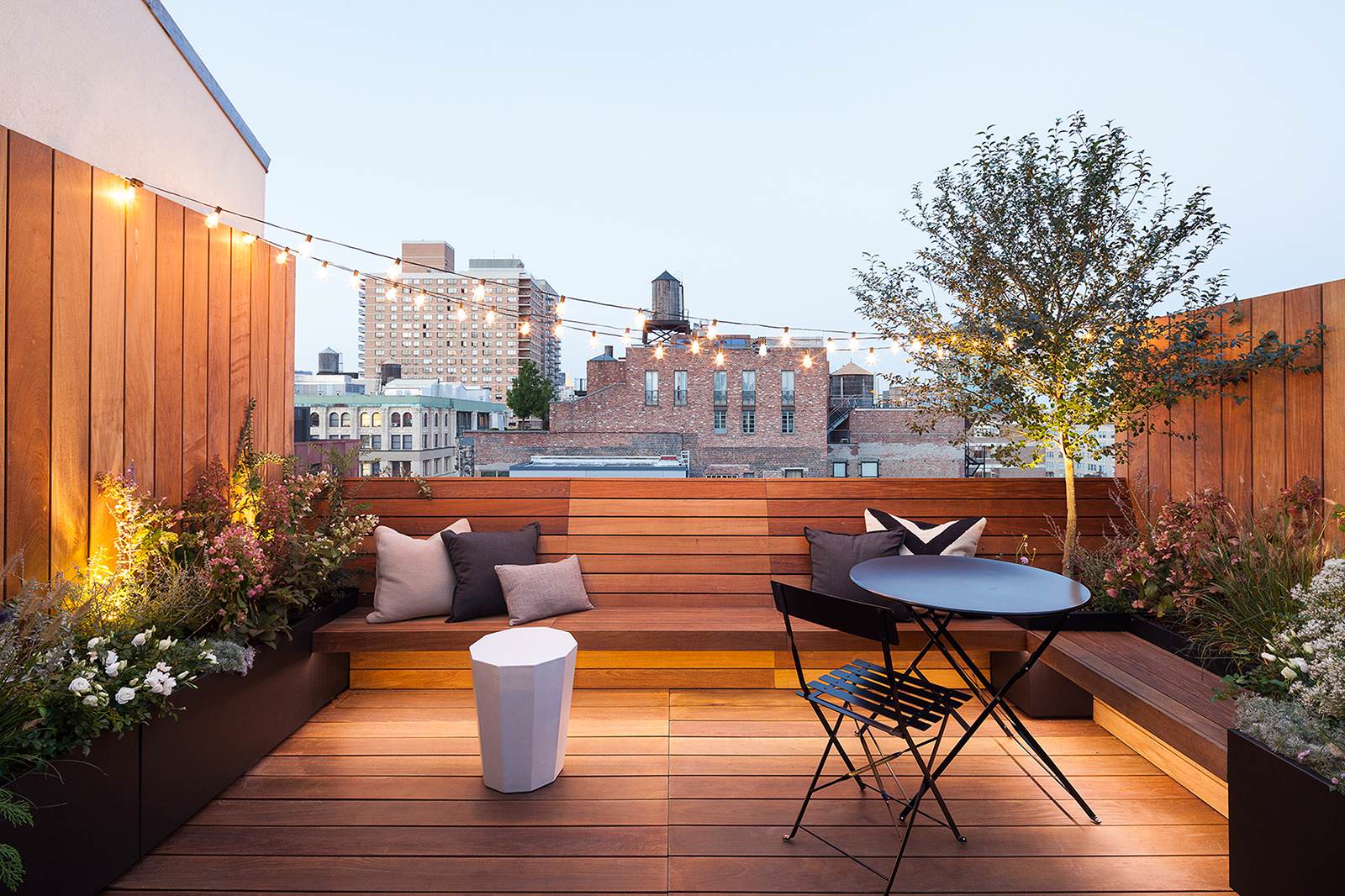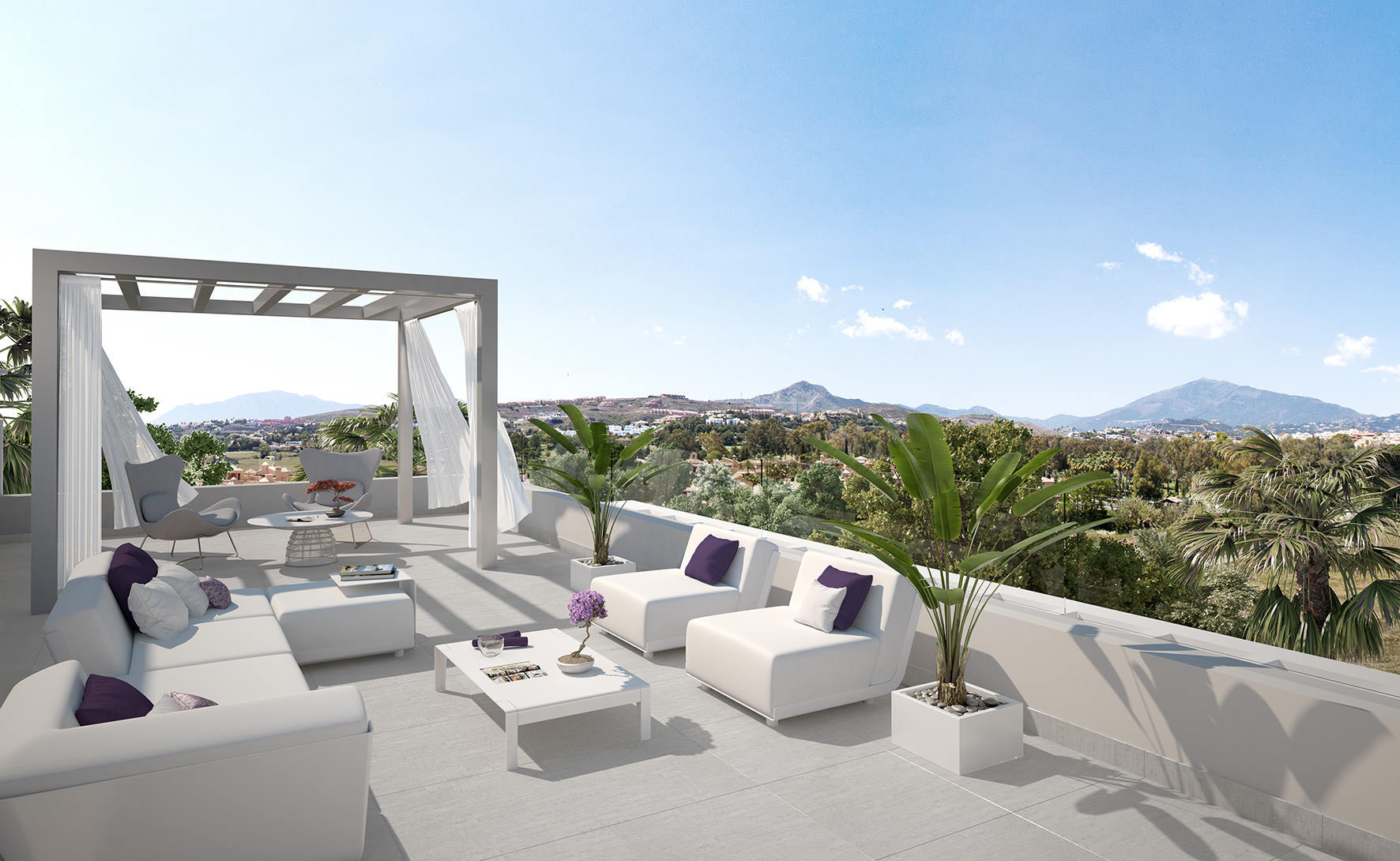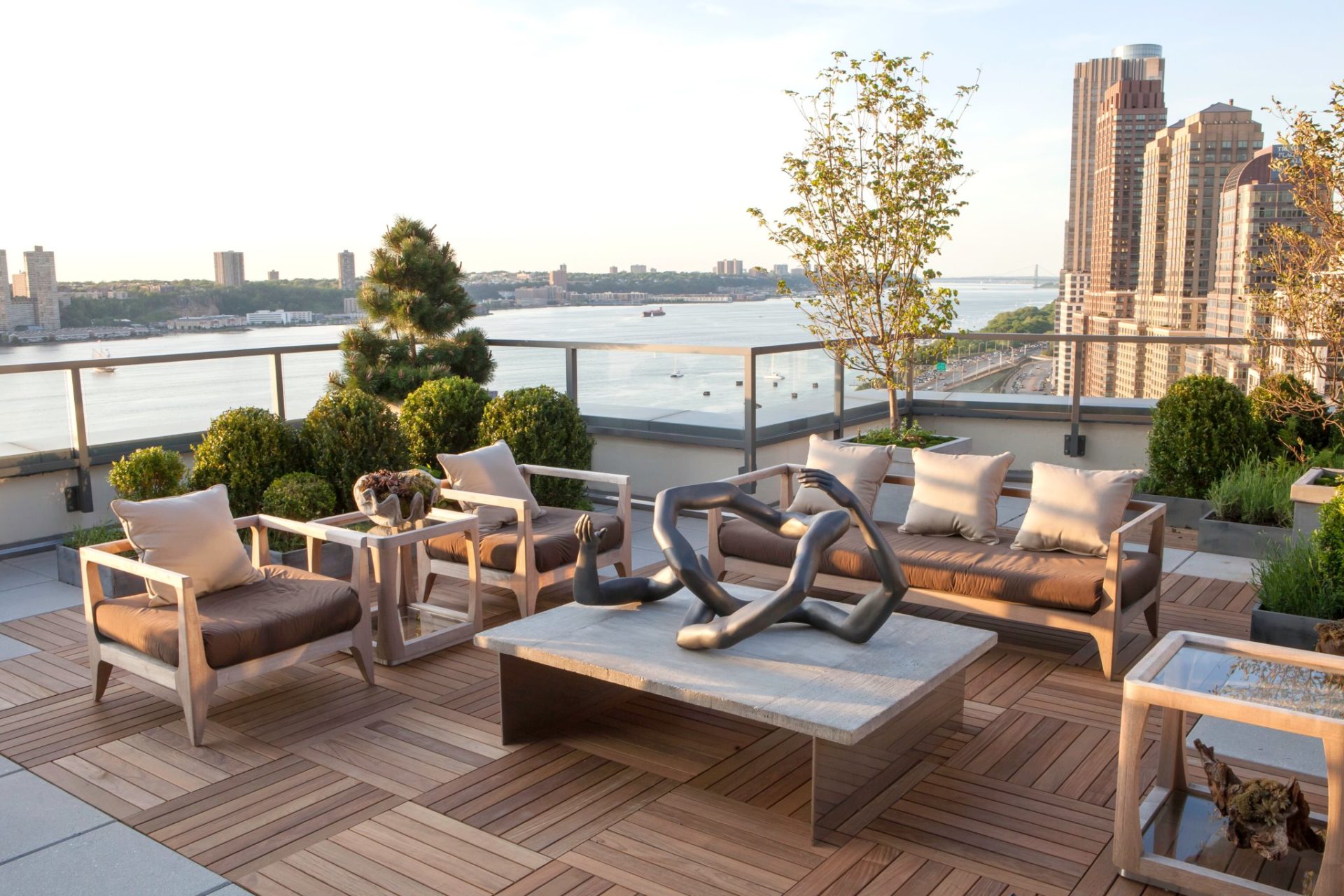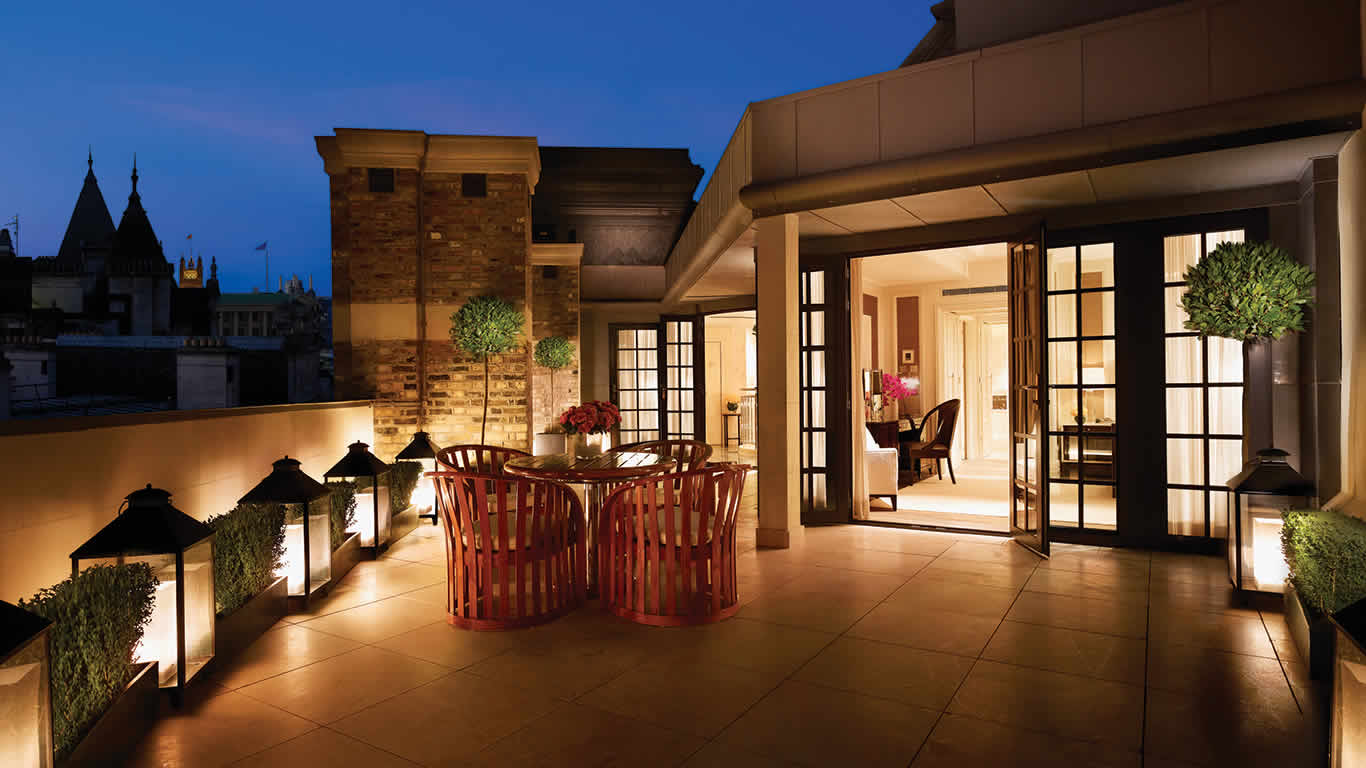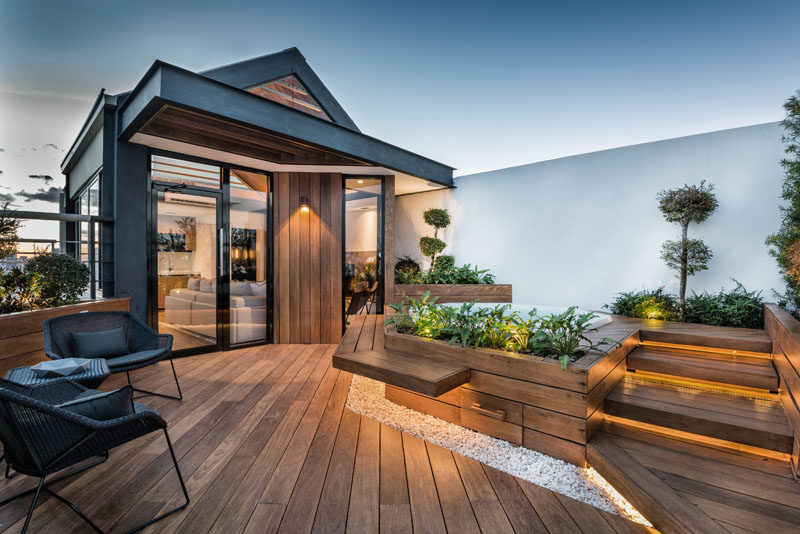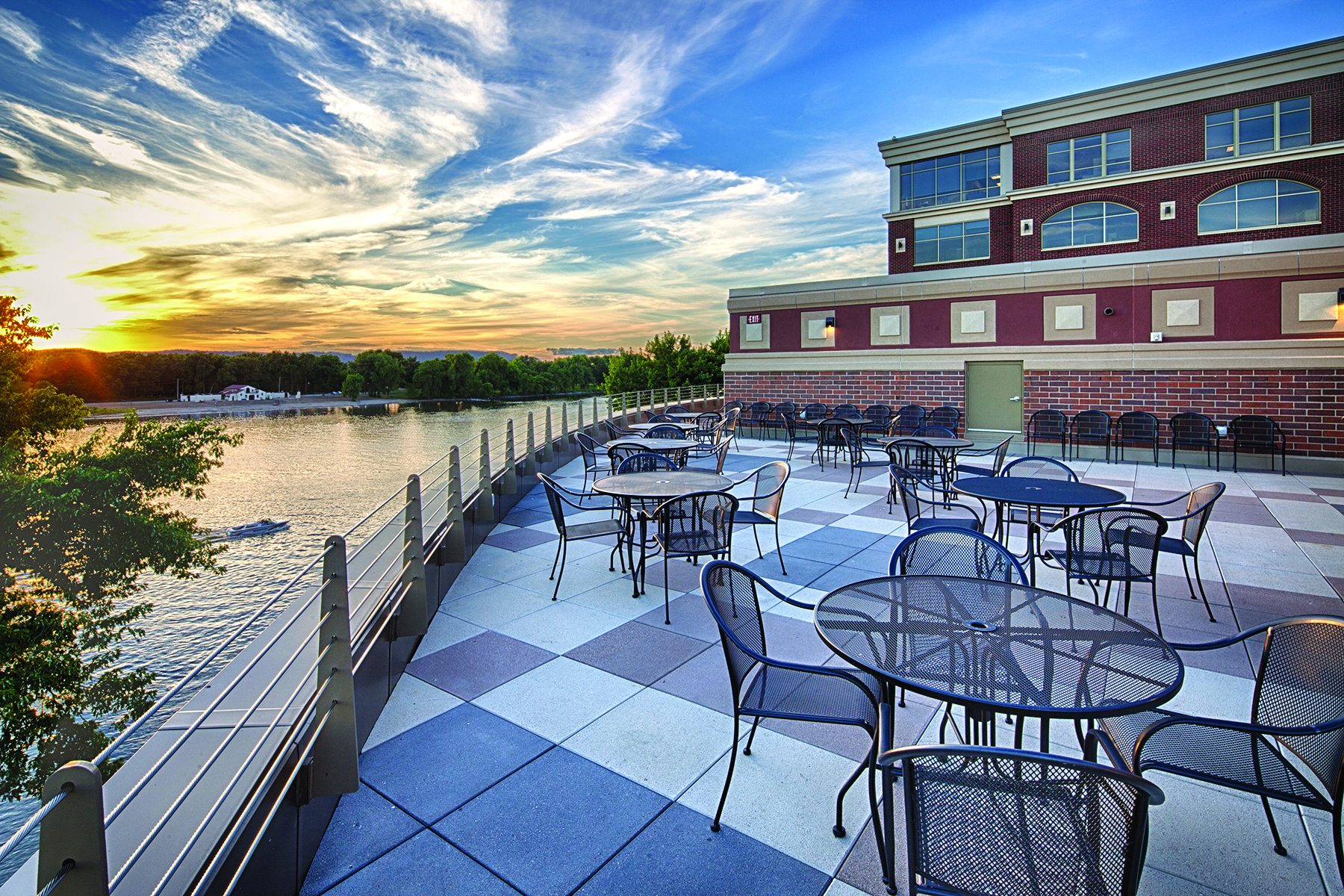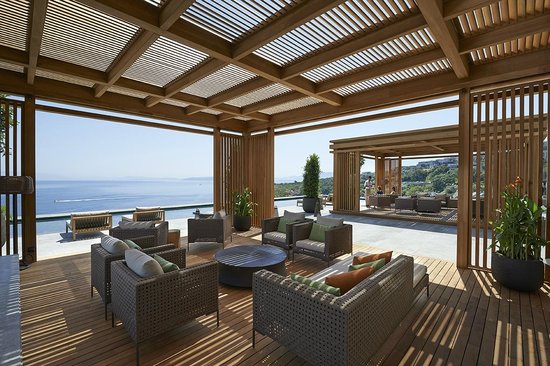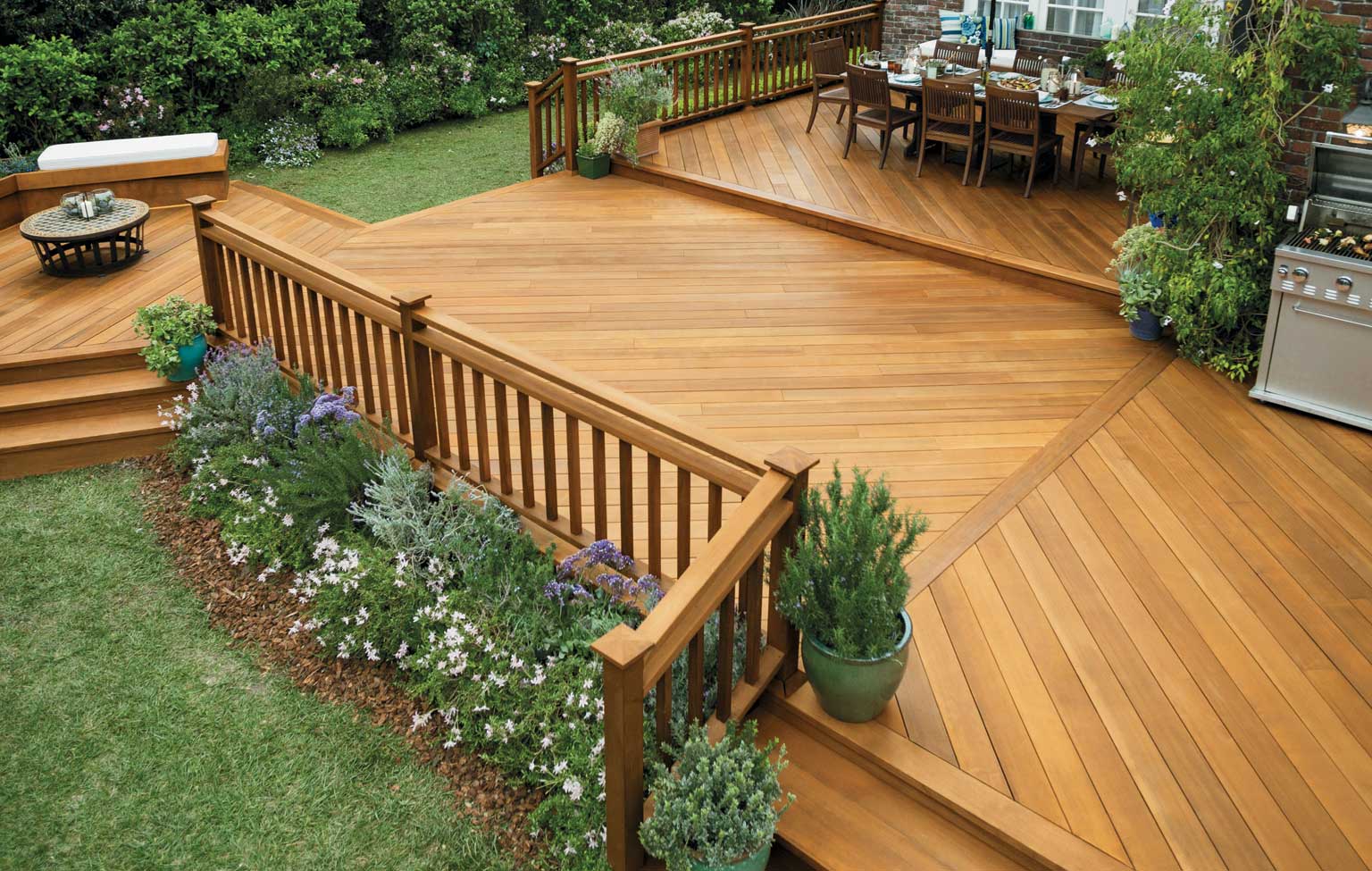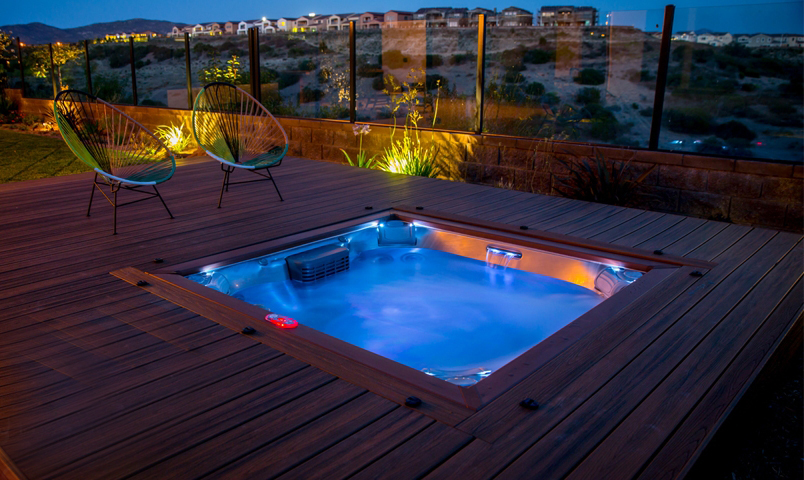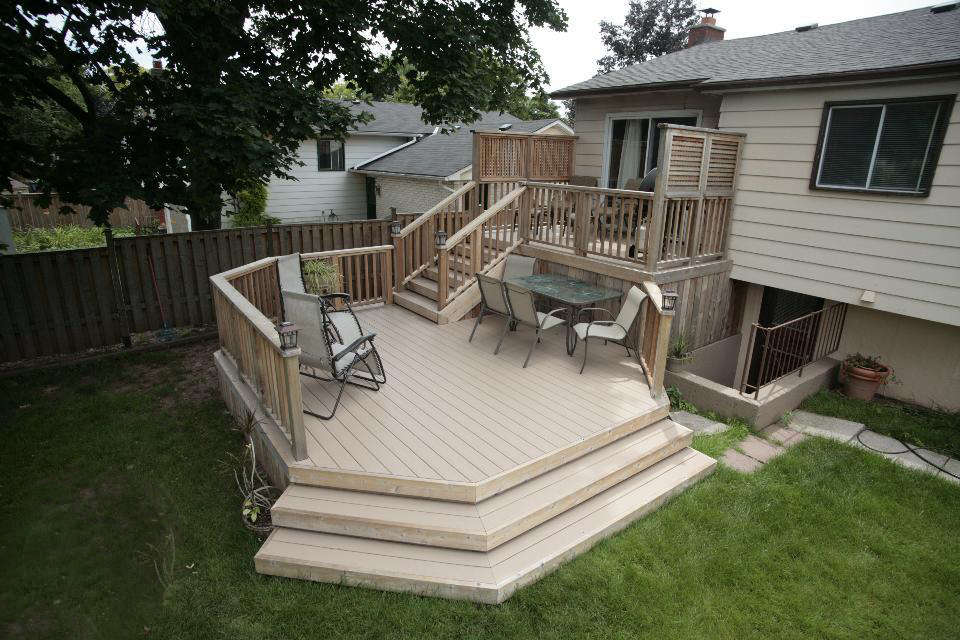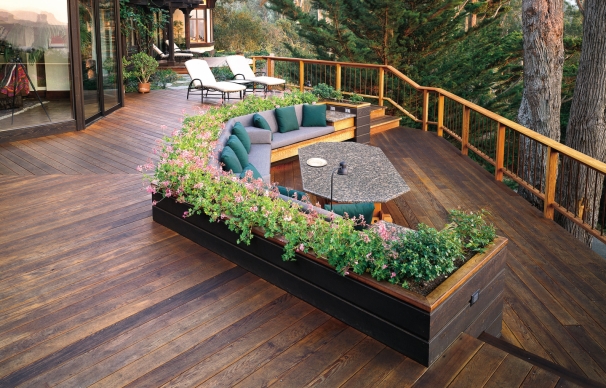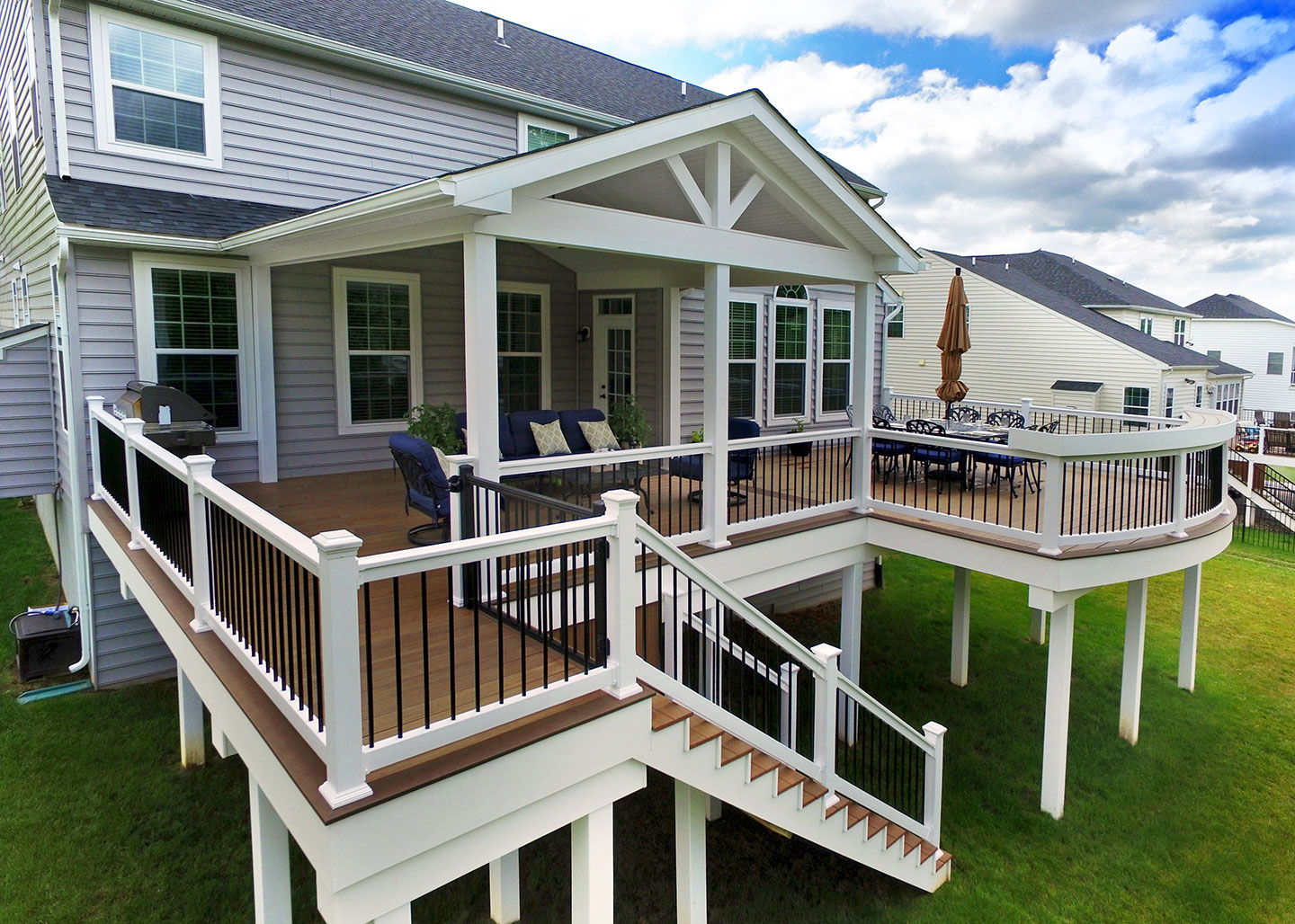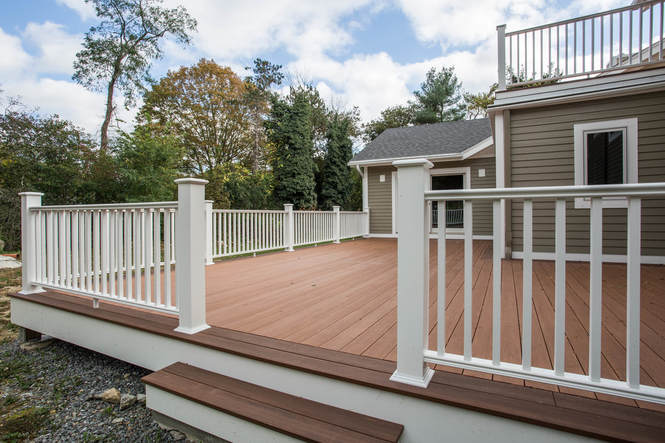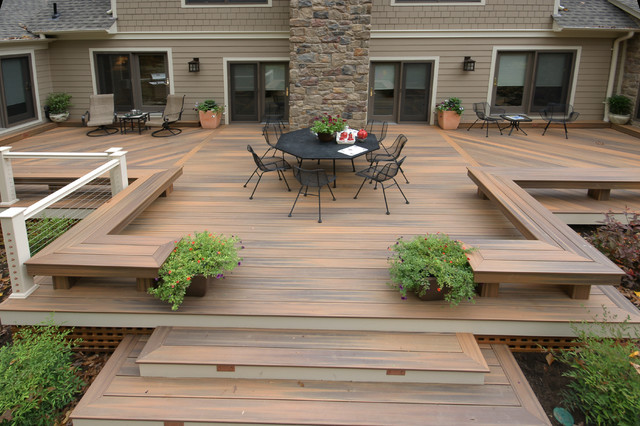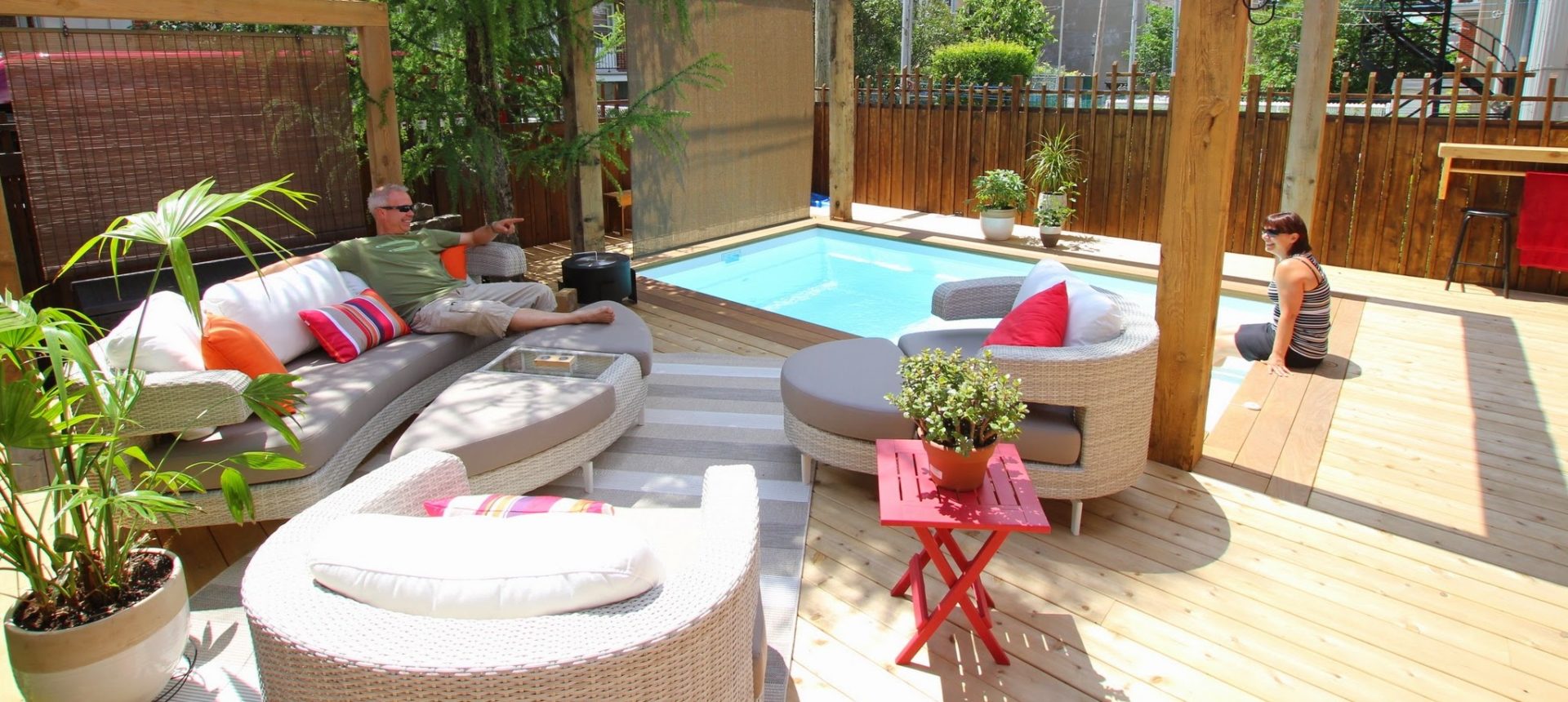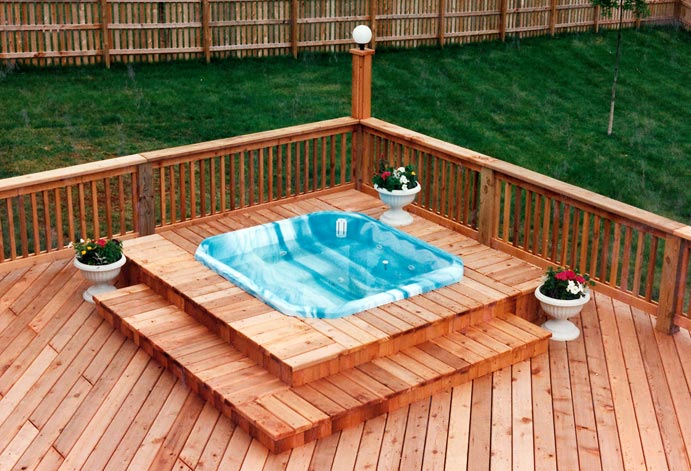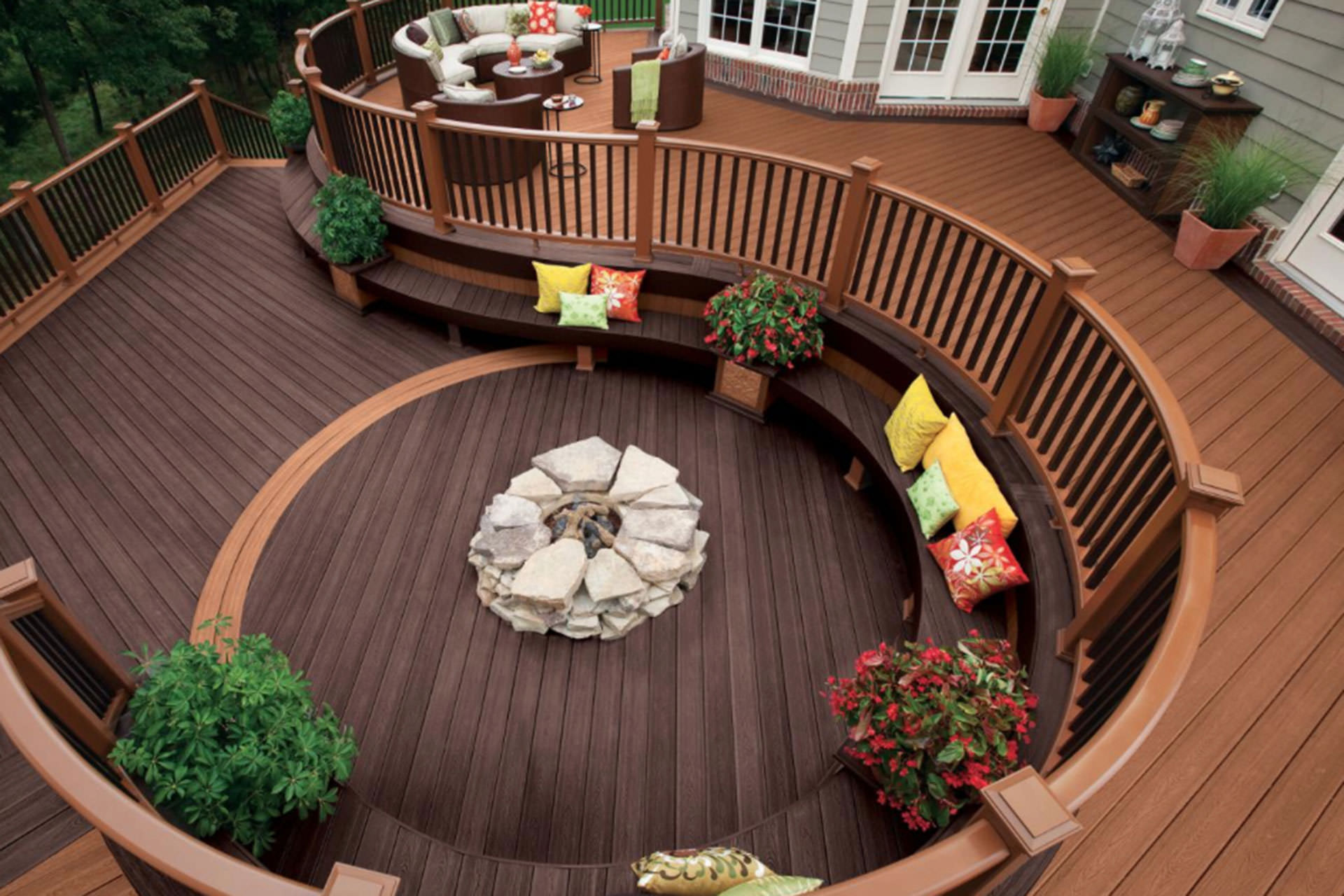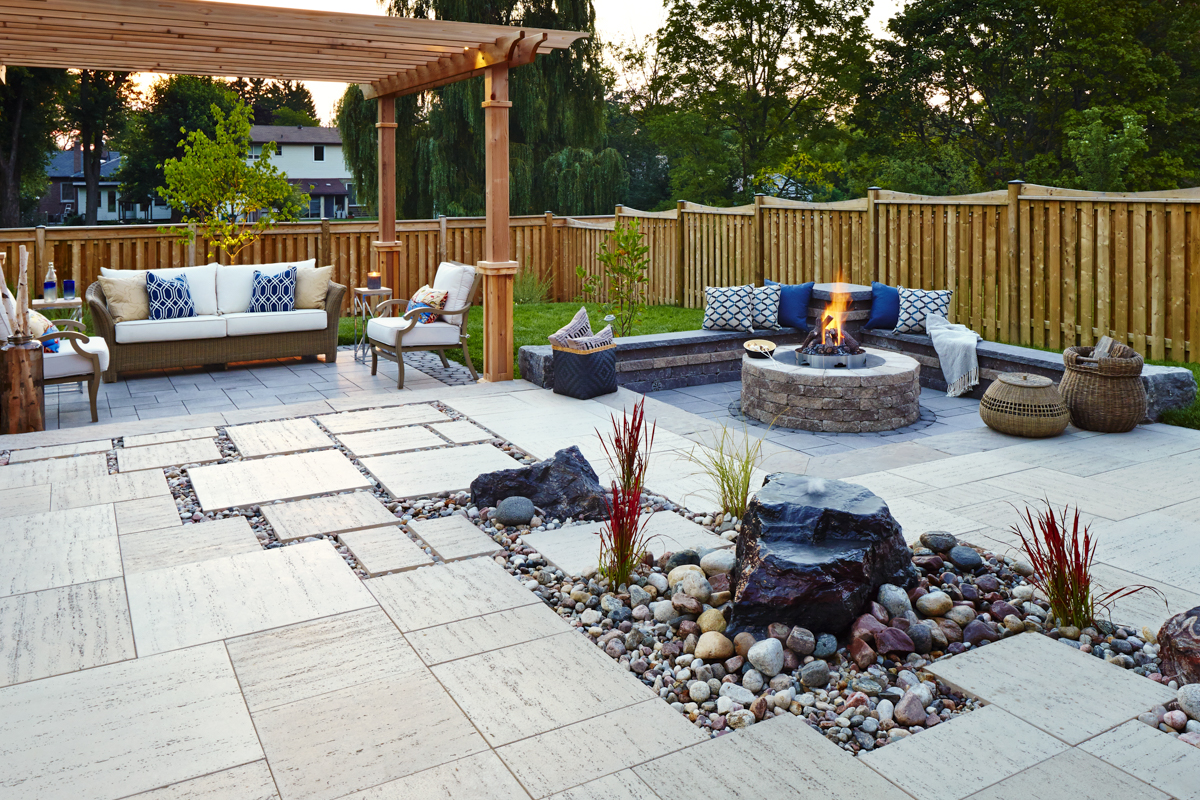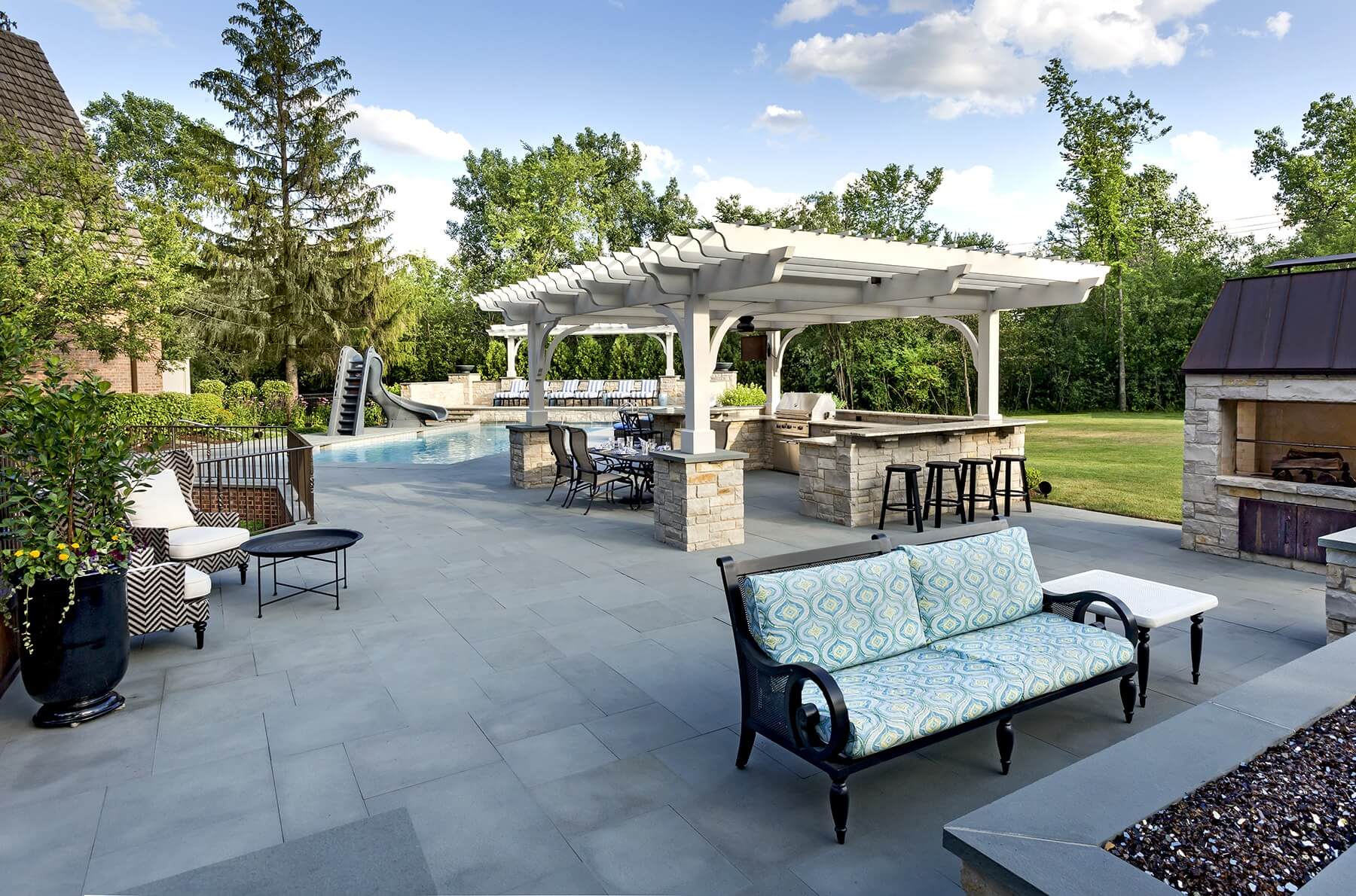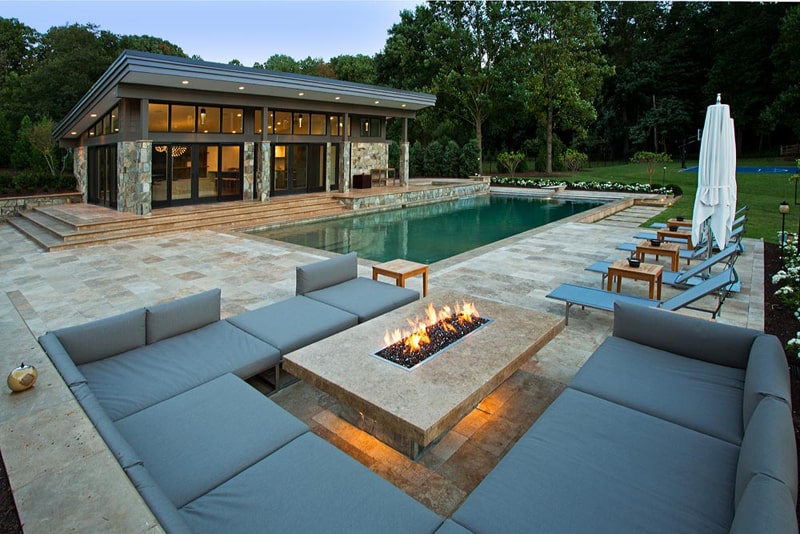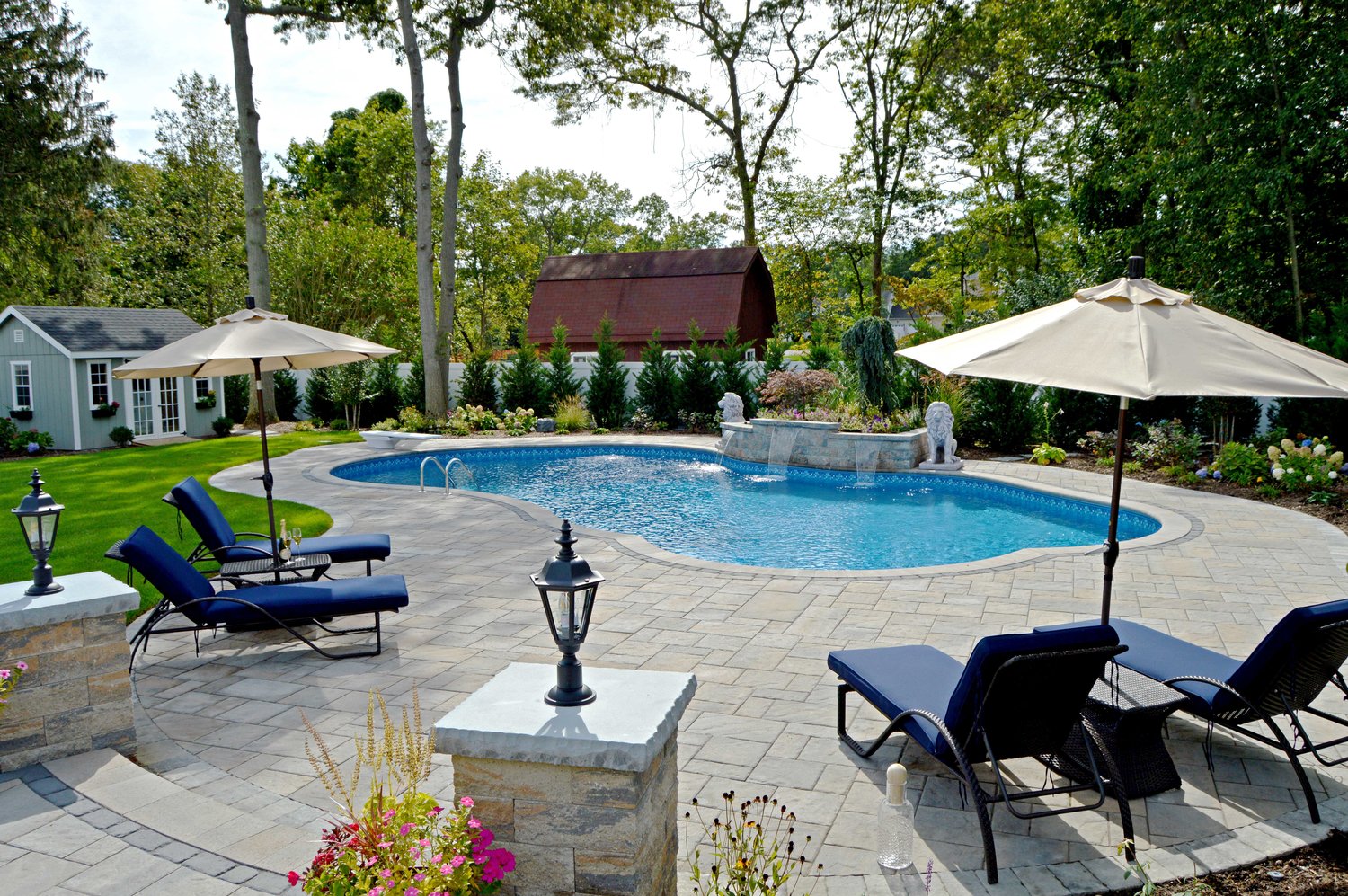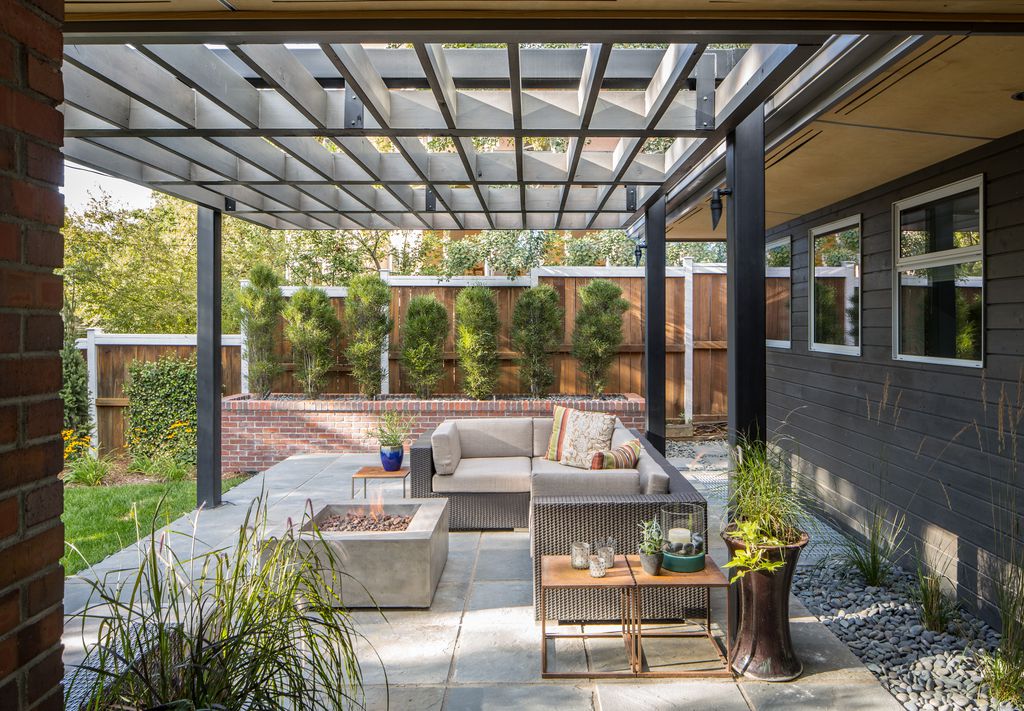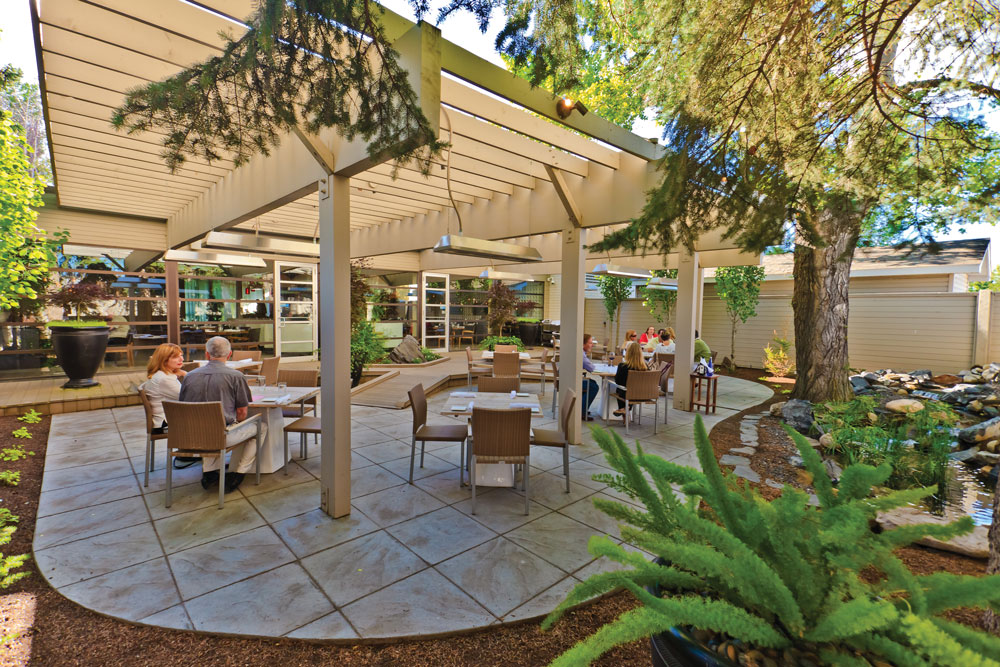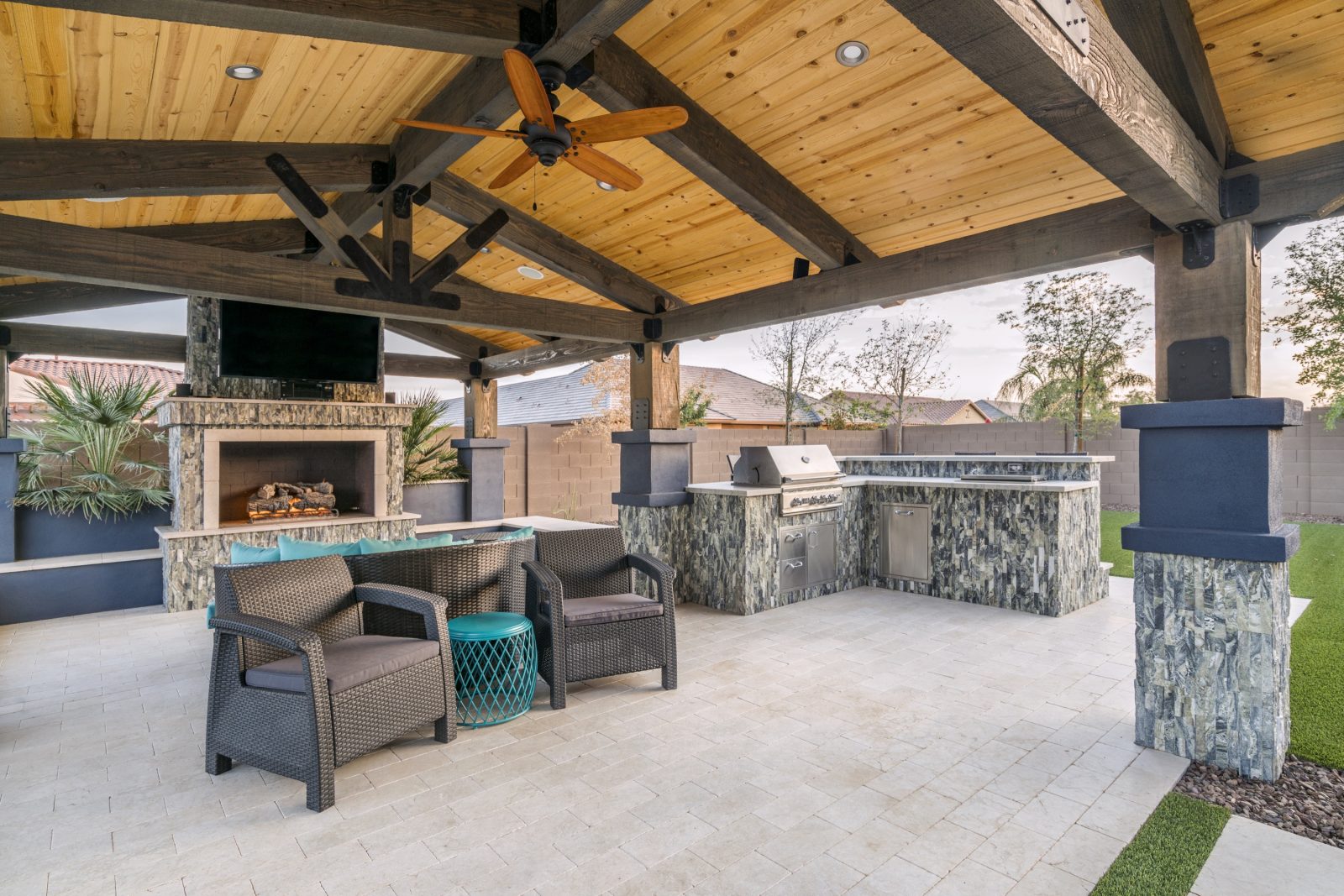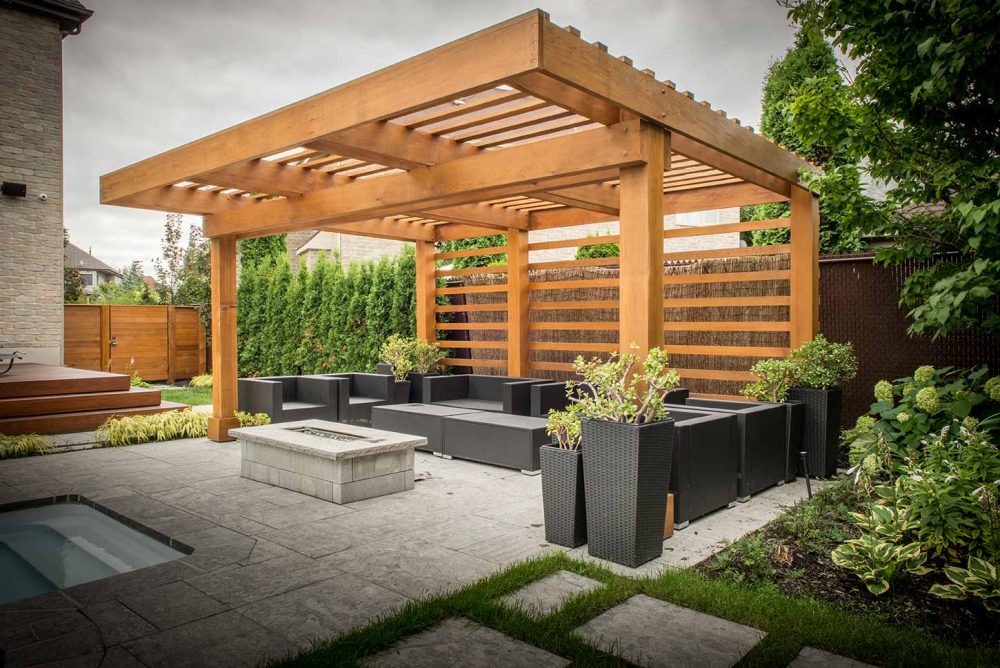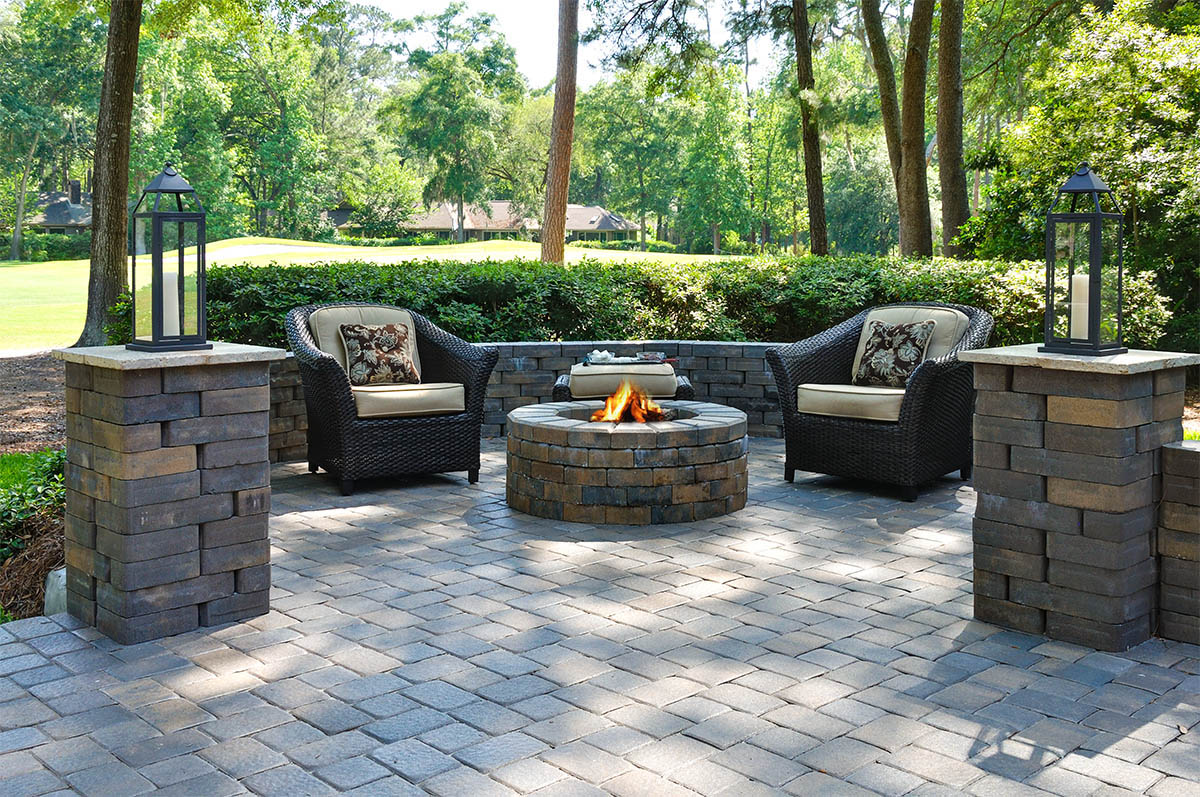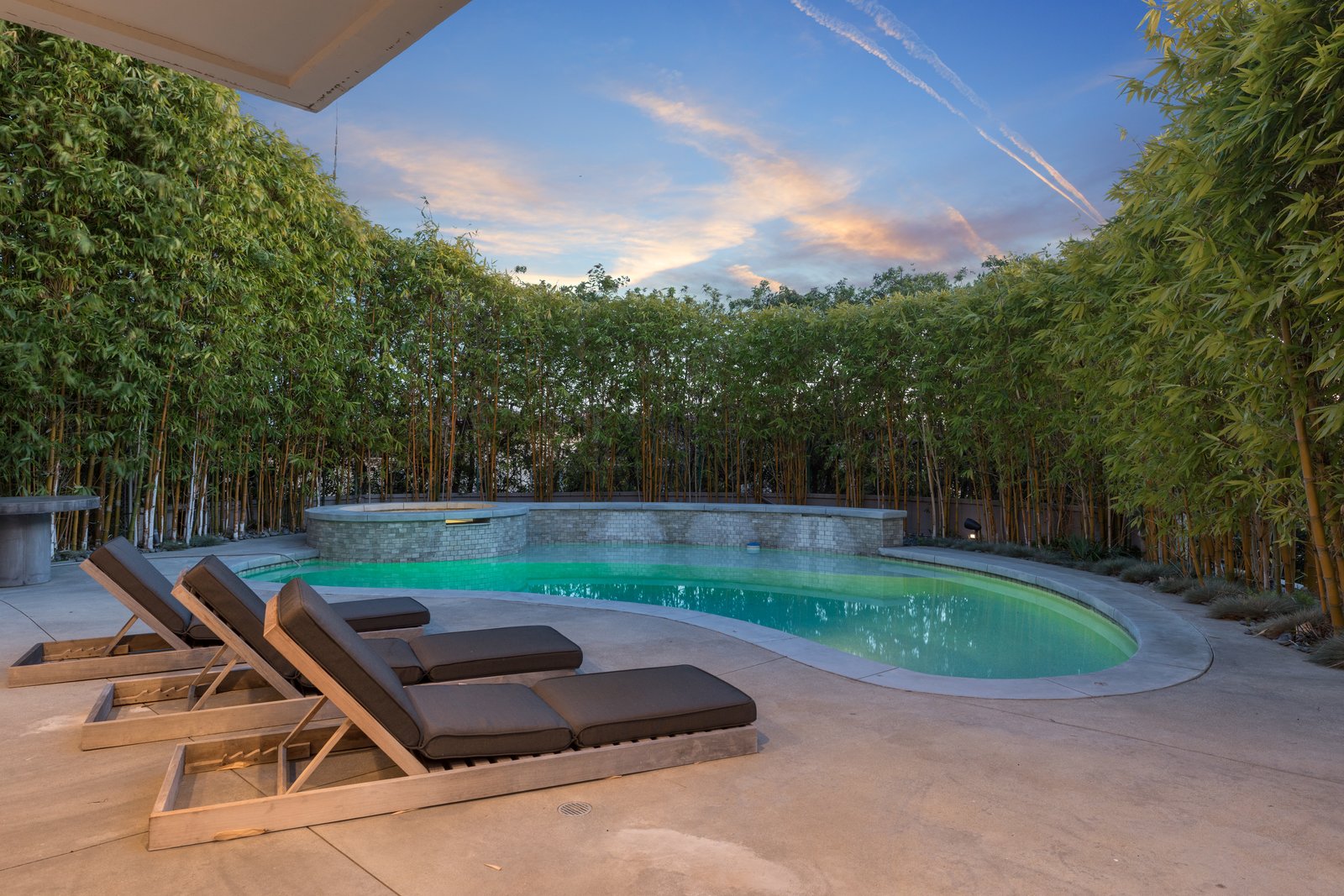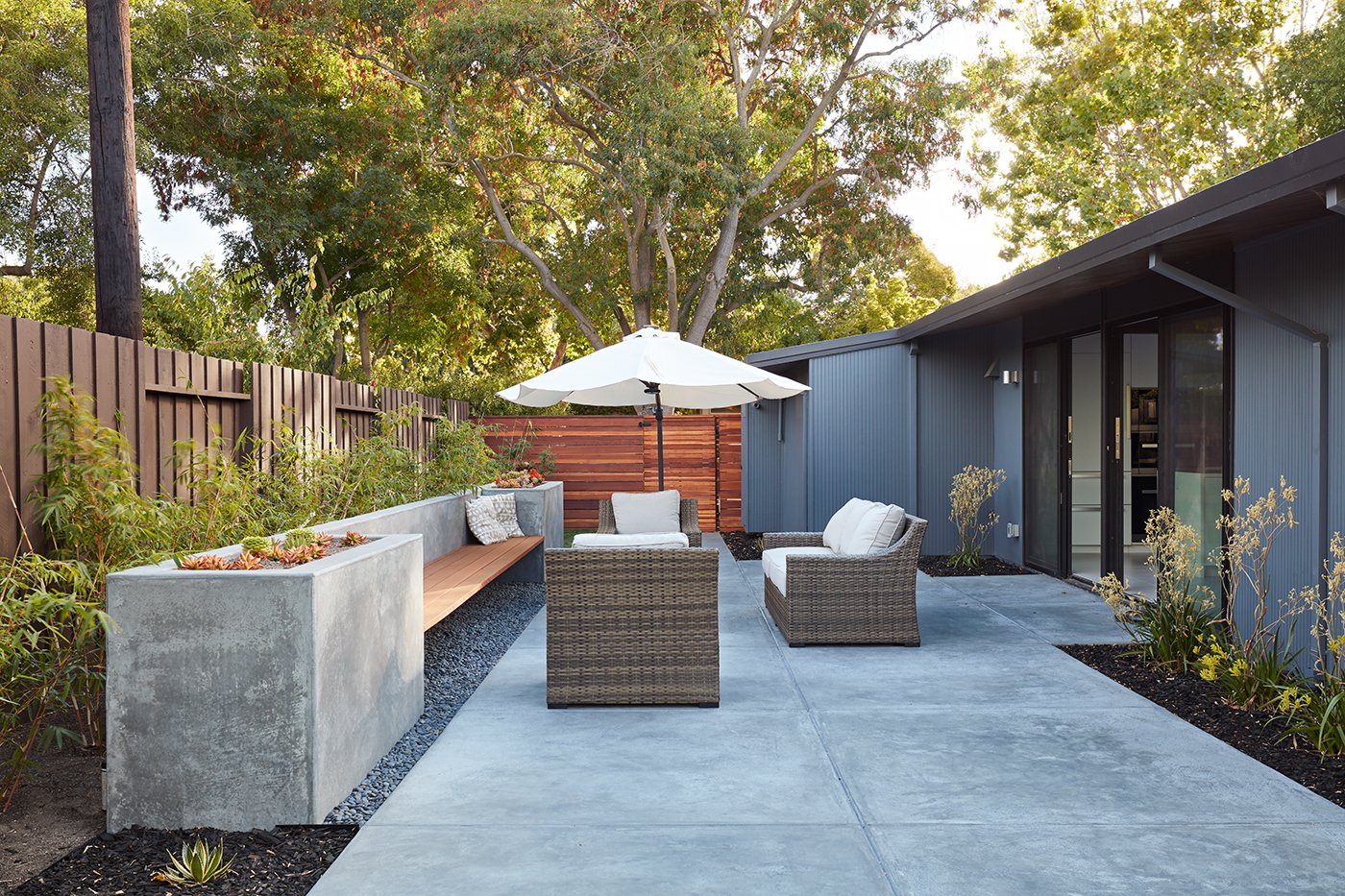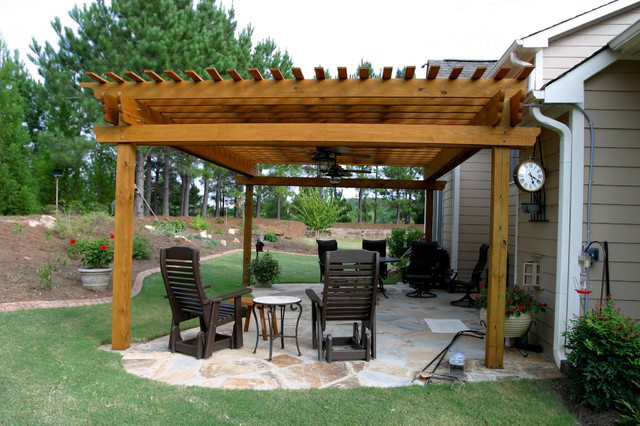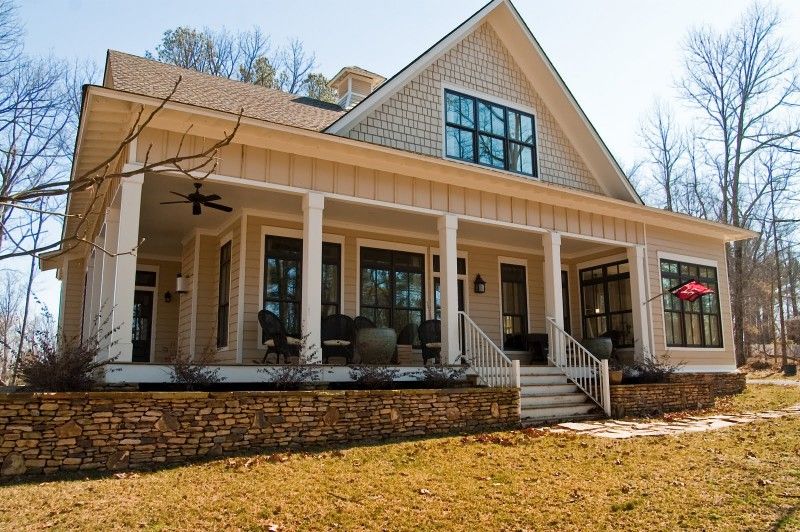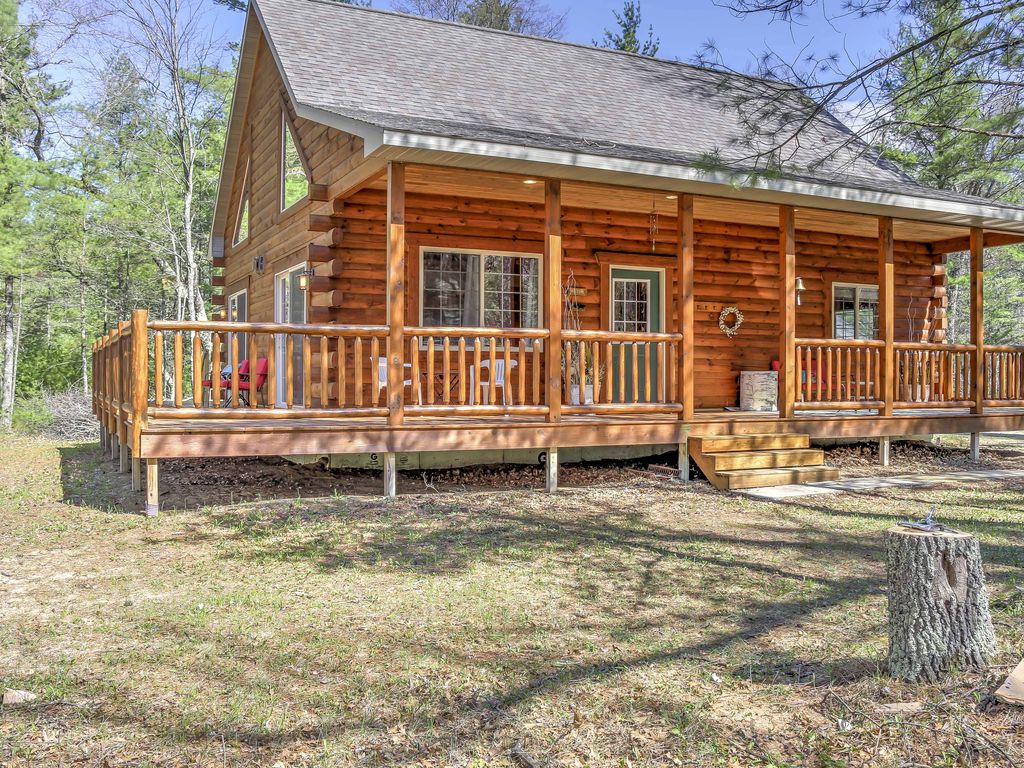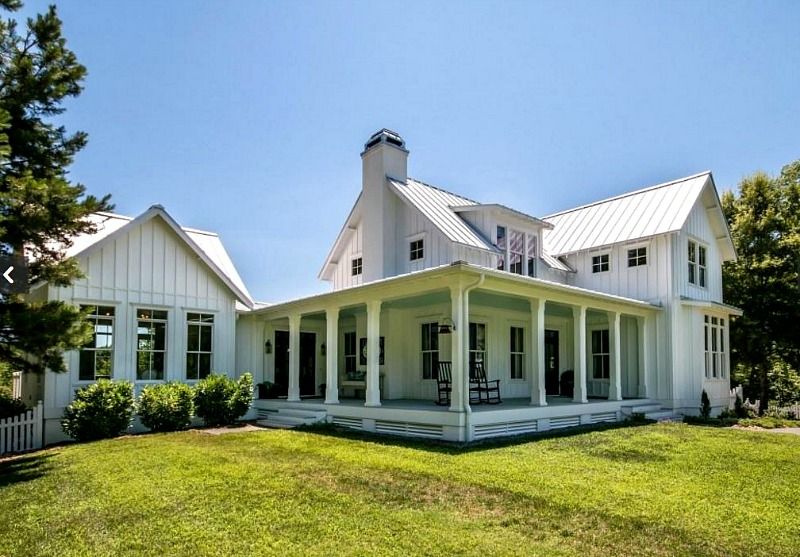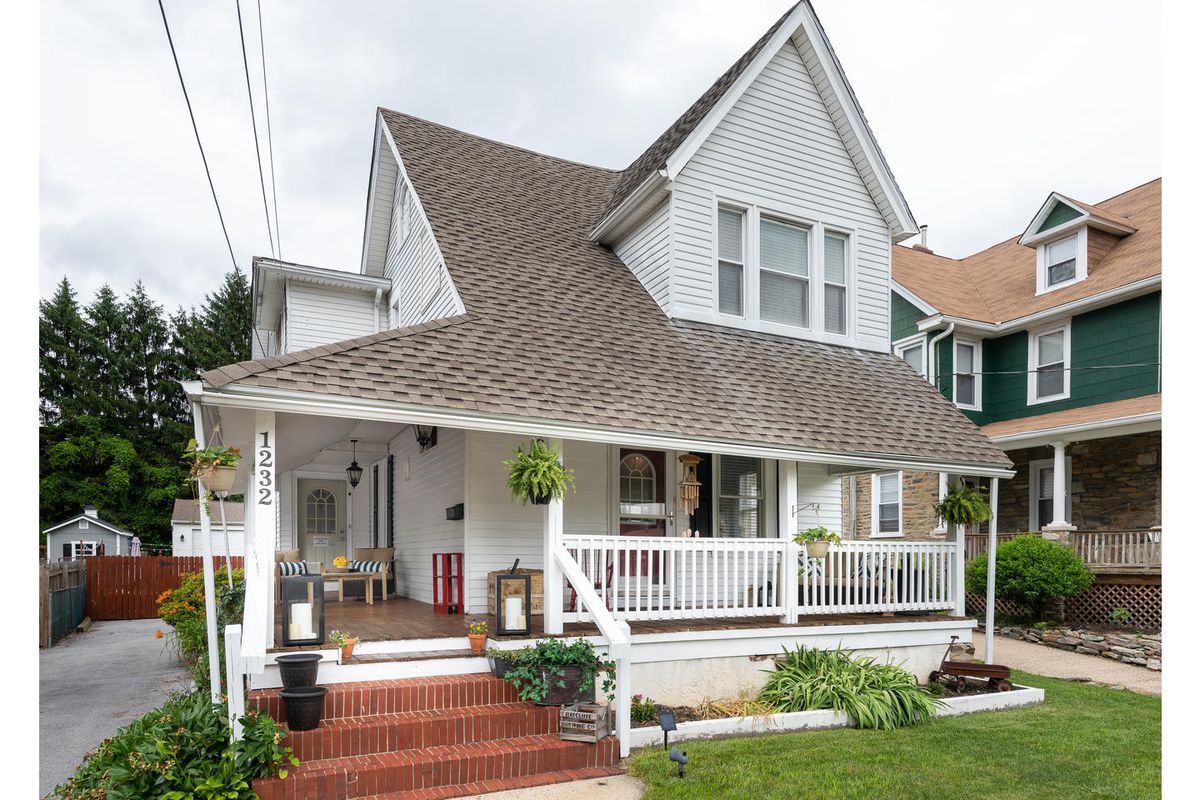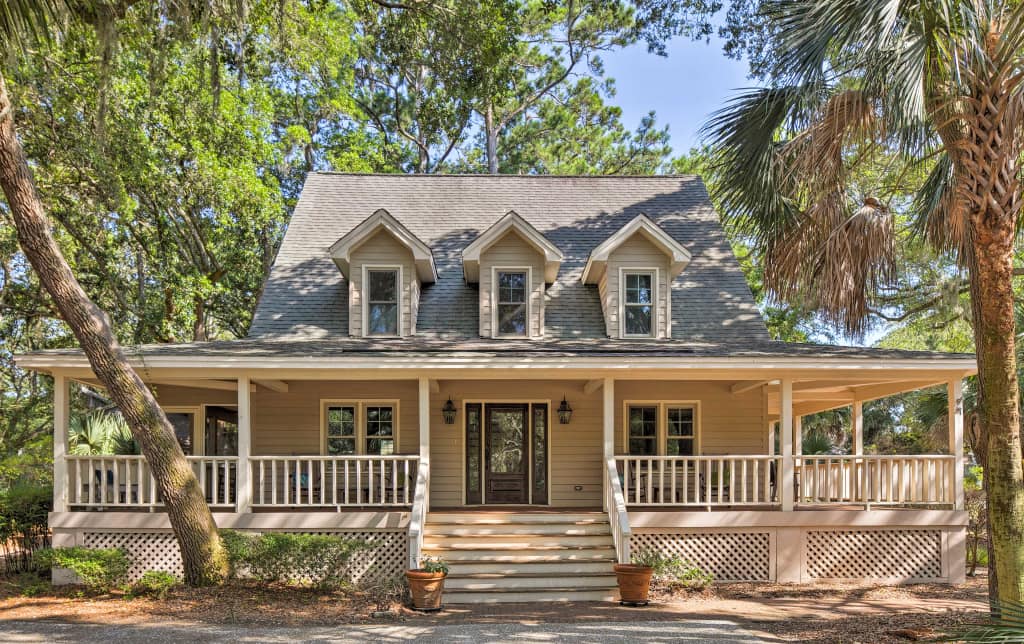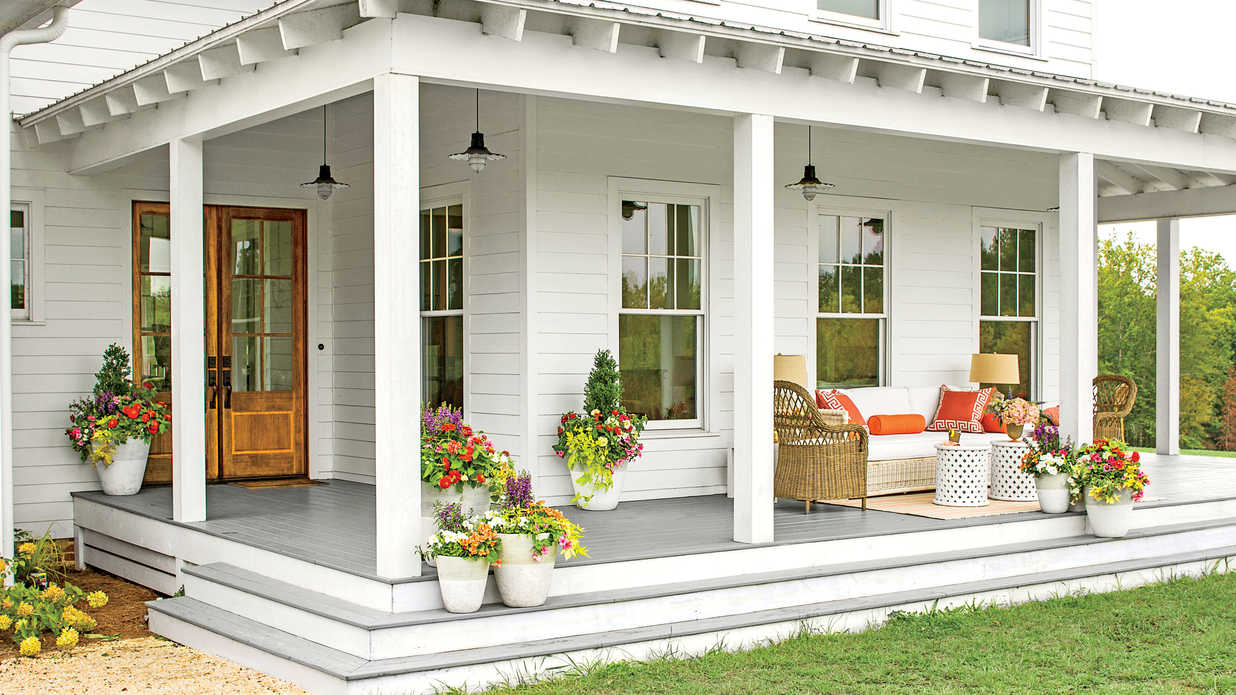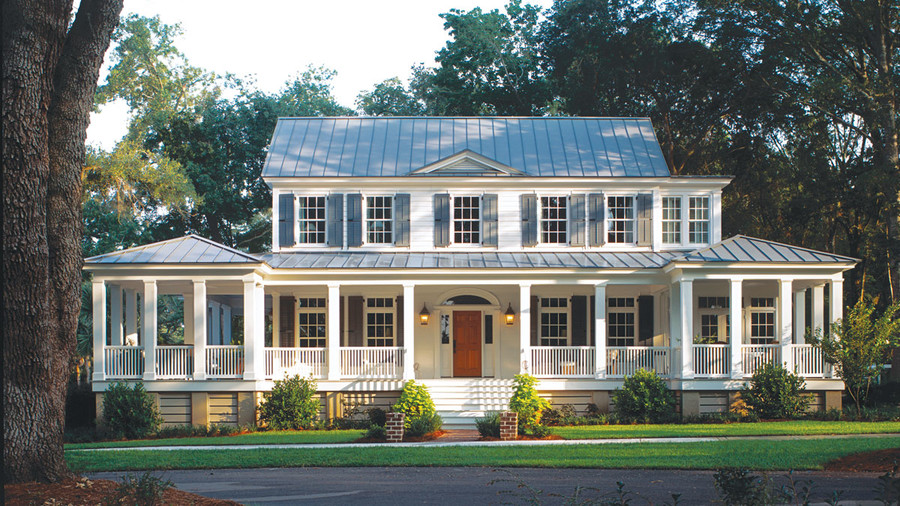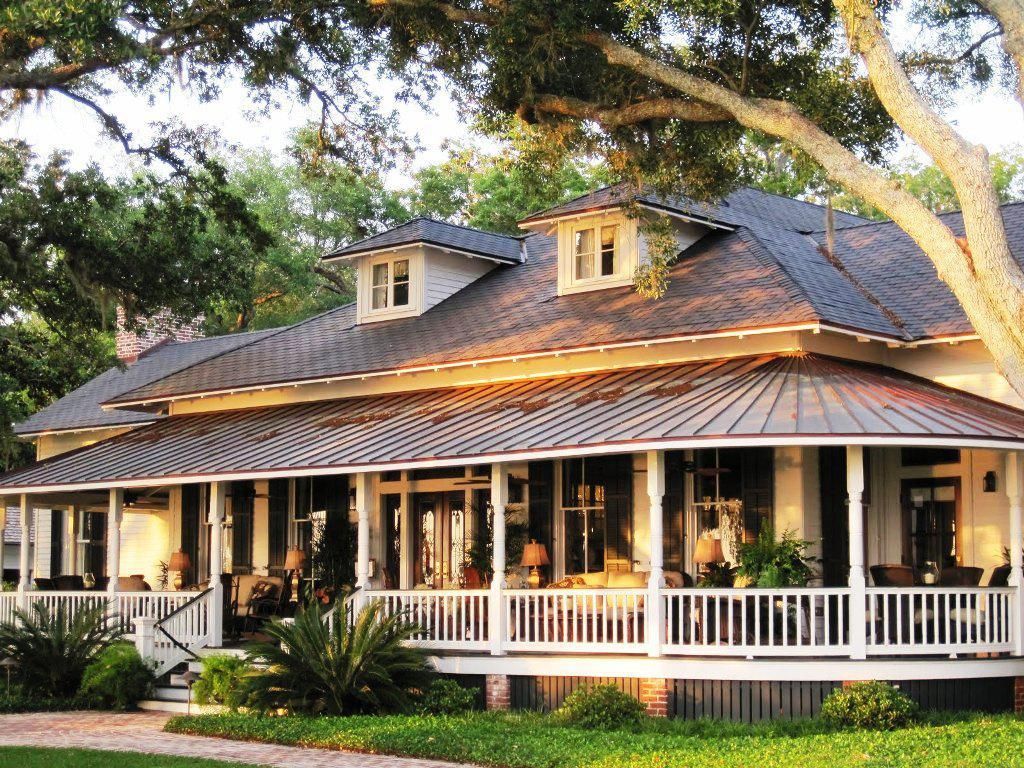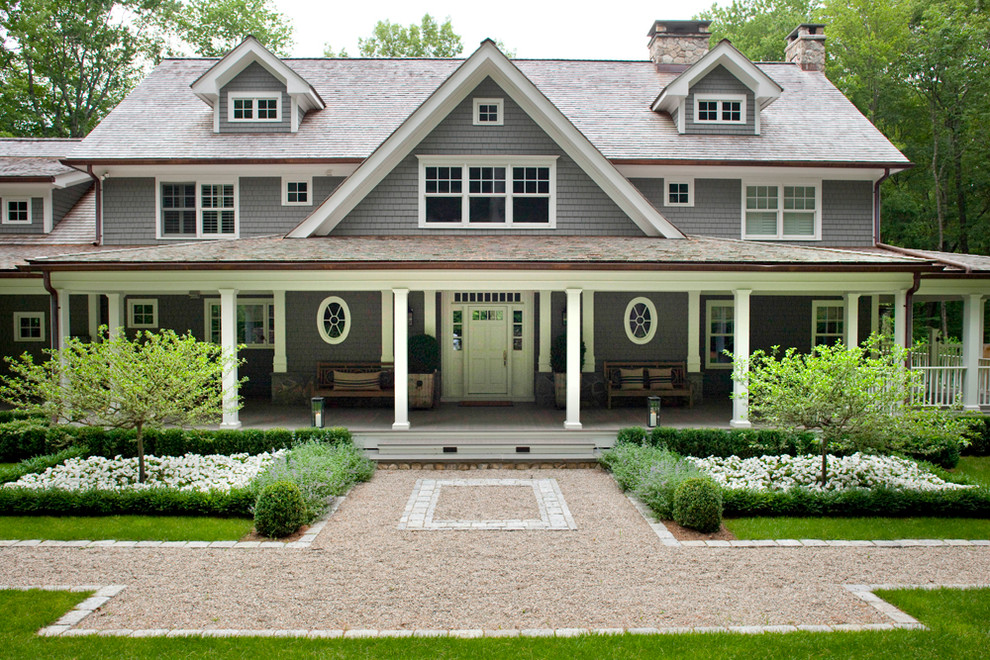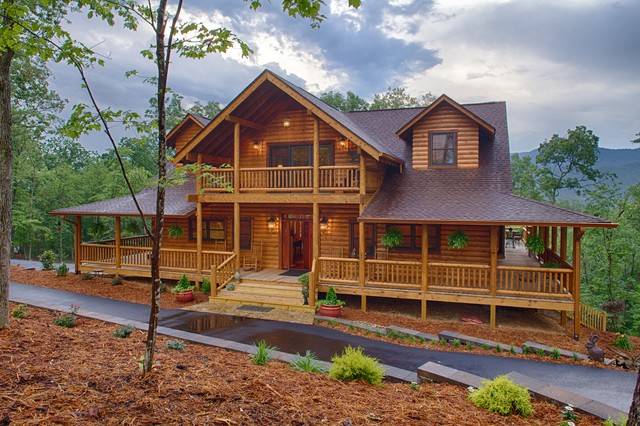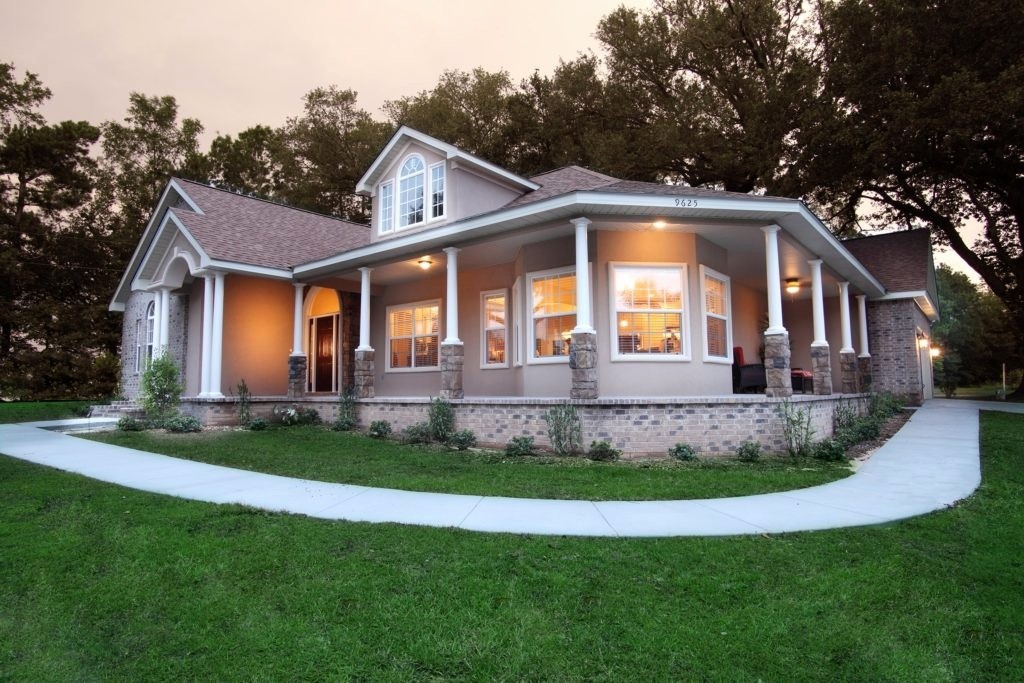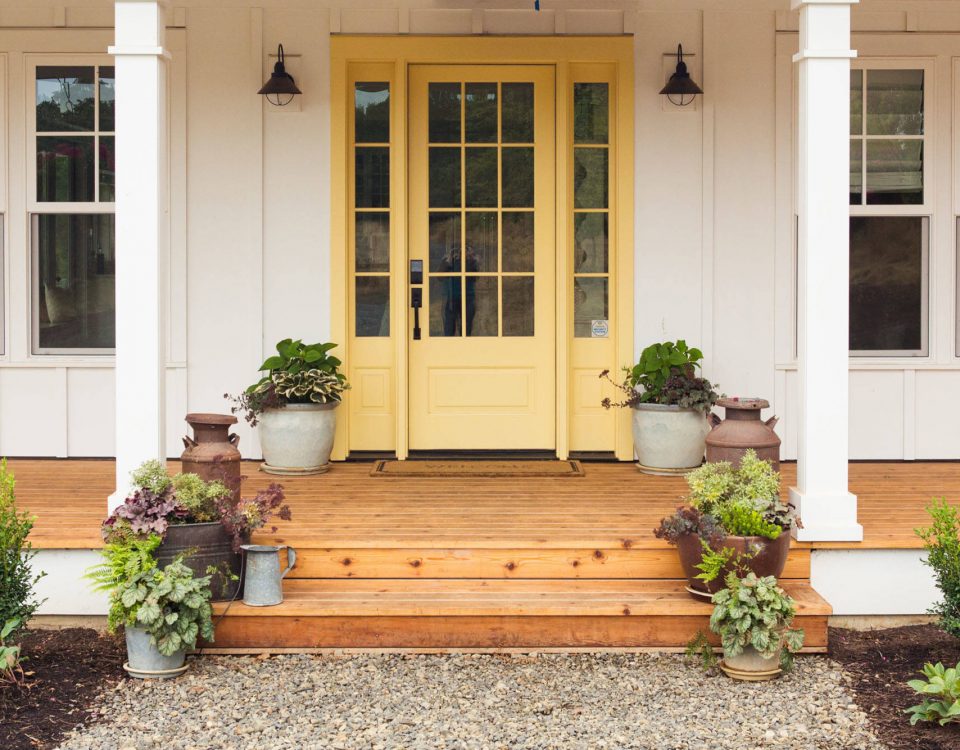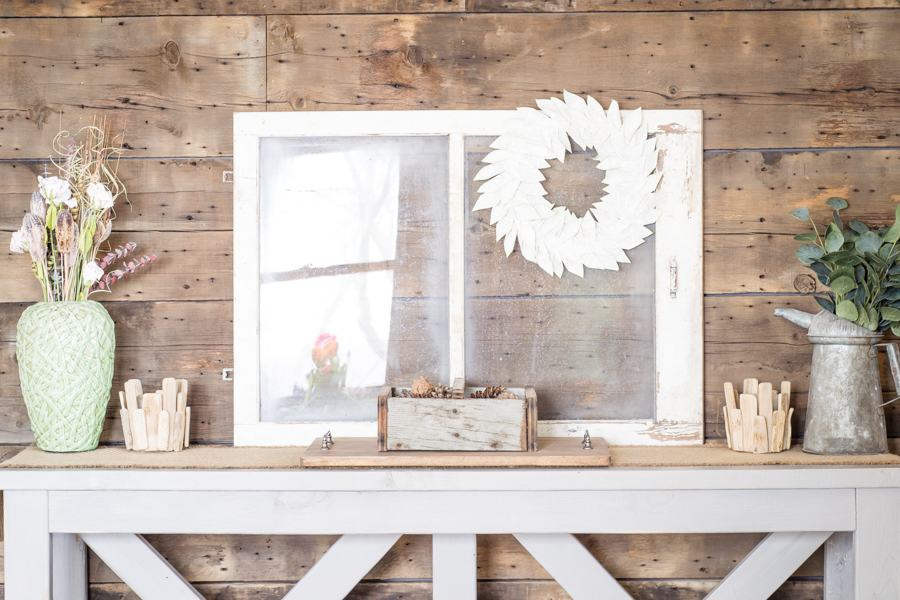Outdoor Living Spaces

Fireplaces
April 29, 2019
10 Reasons to Love Ottawa
May 28, 2019Outdoor Living Spaces
With the snow completely gone and our grass starting to turn green again, it is time to get back outdoors and enjoy the sunlight! Luckily for us, many homes come with some sort of outdoor area to extend our living spaces. The most common designated outdoor living spaces are balconies, terraces, decks, patios, porches and verandas. So, what is the difference between these different outdoor living spaces? Read on to find out!
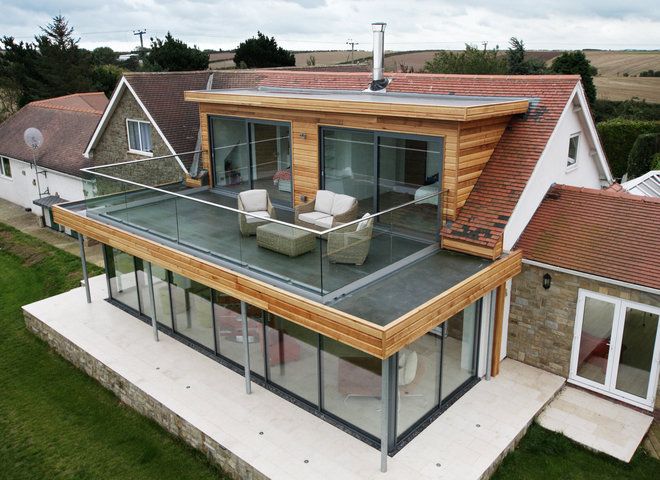
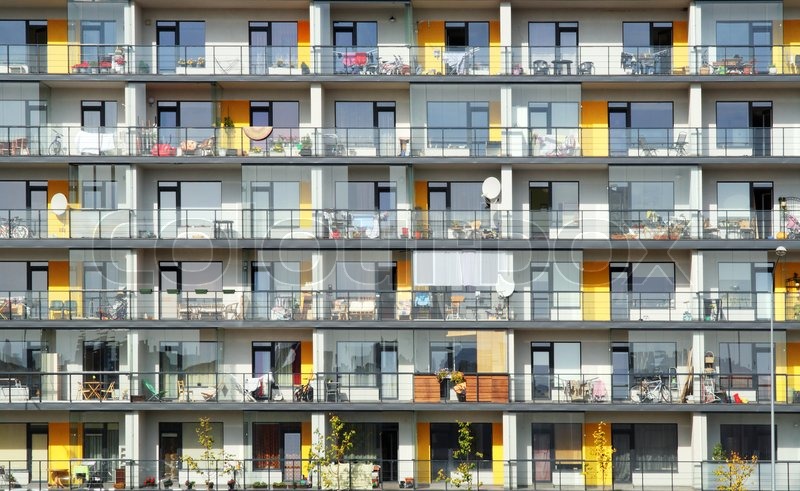
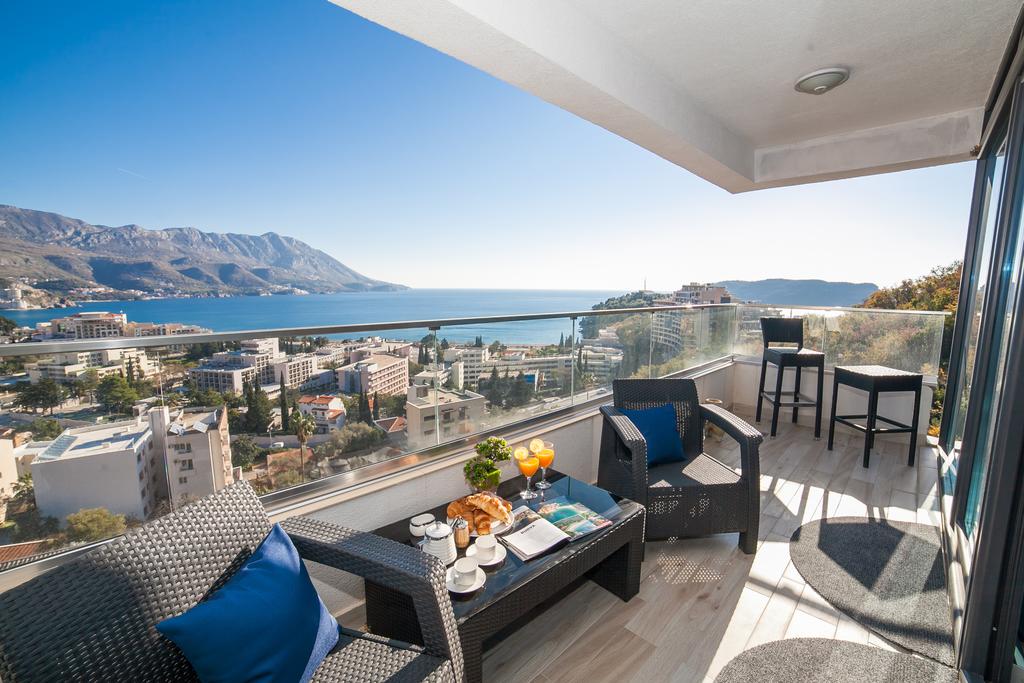
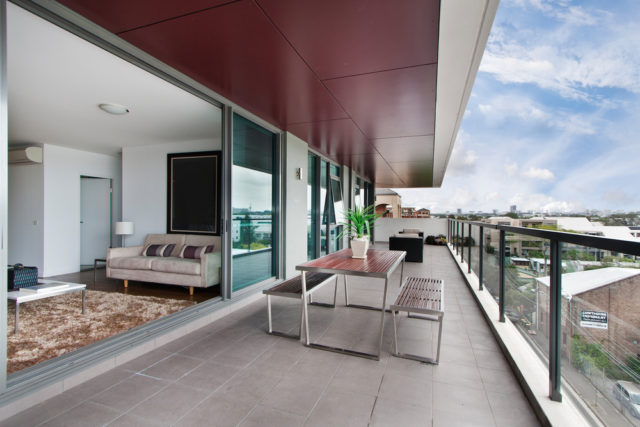
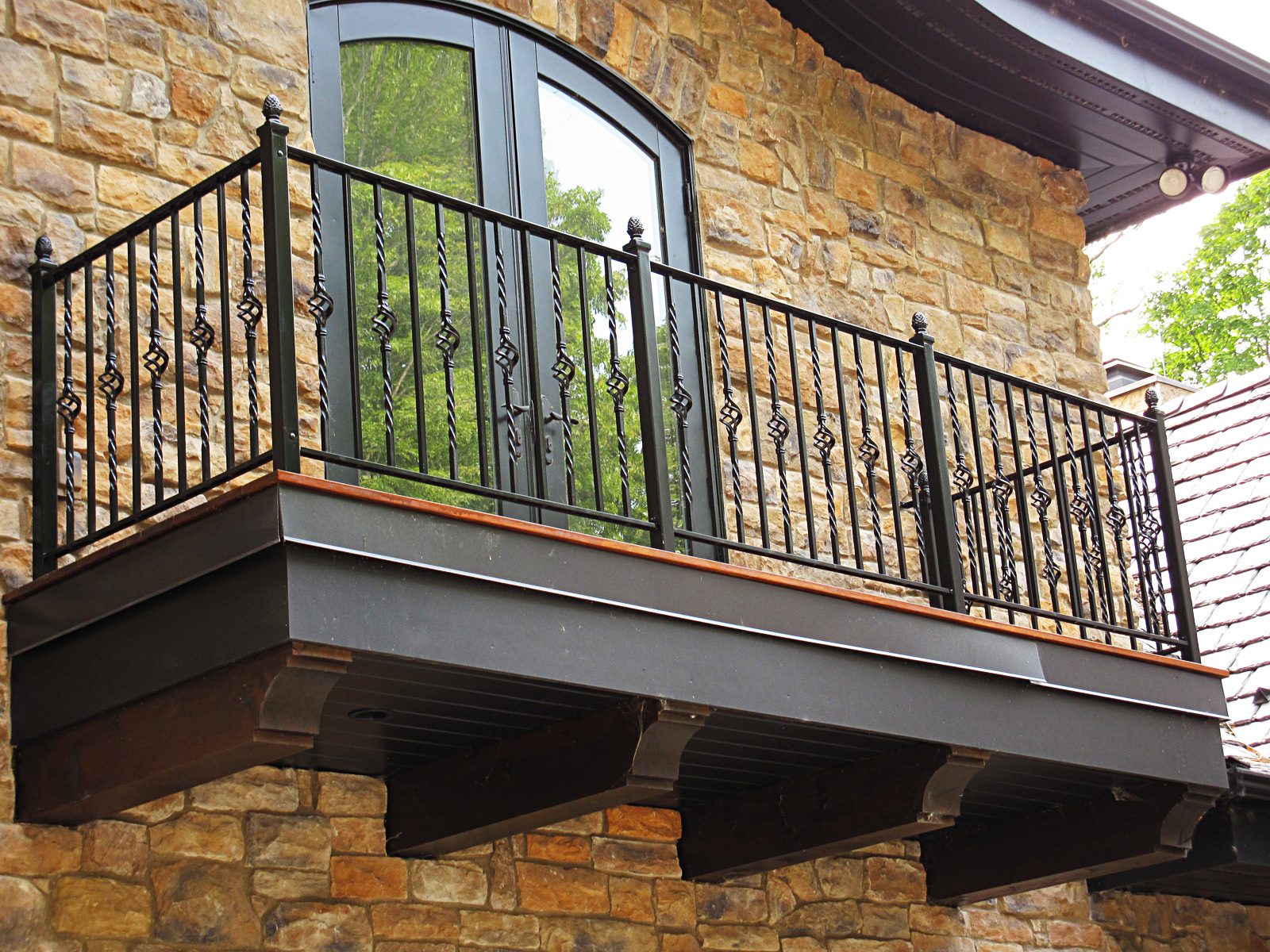
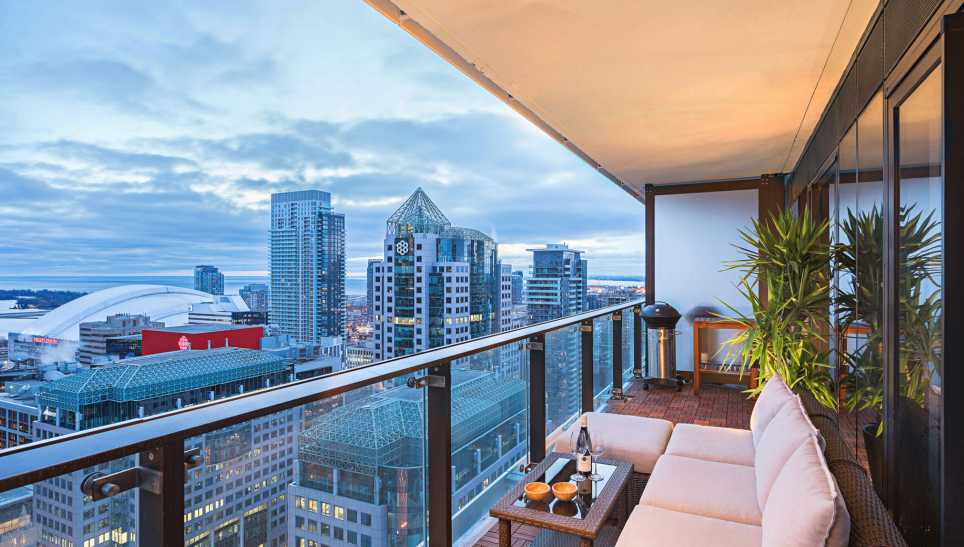
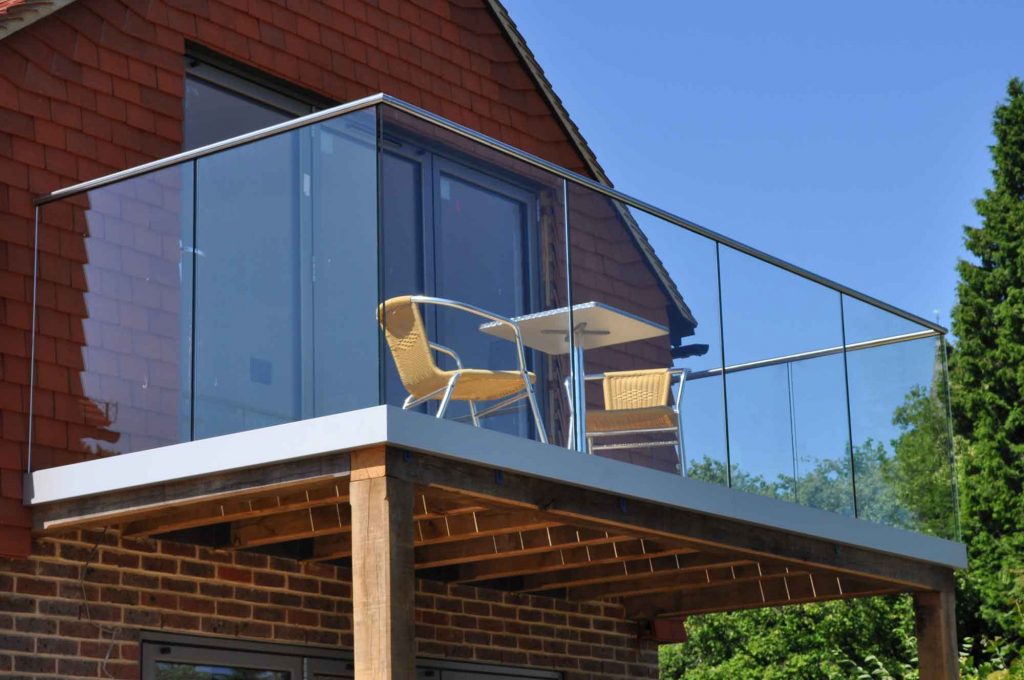
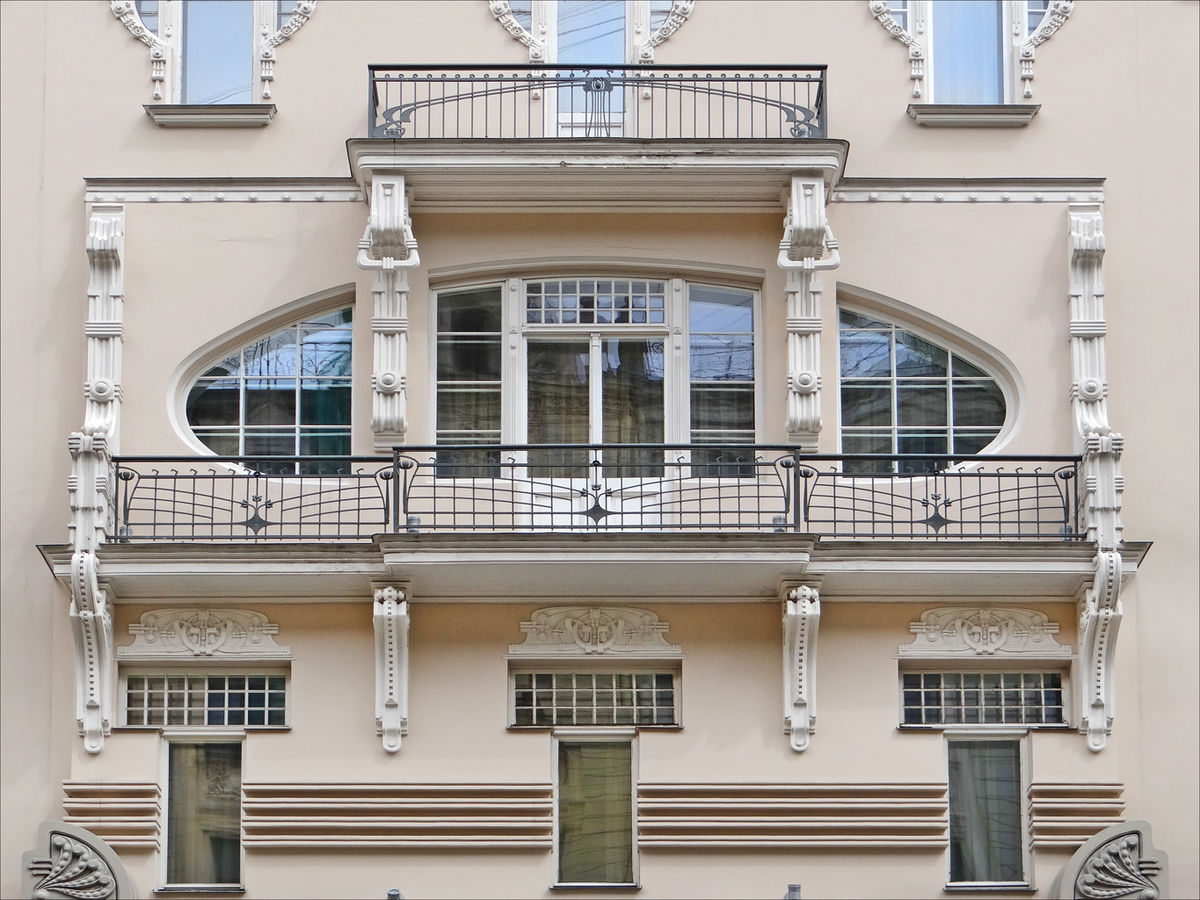 Juliette Balcony
Juliette Balcony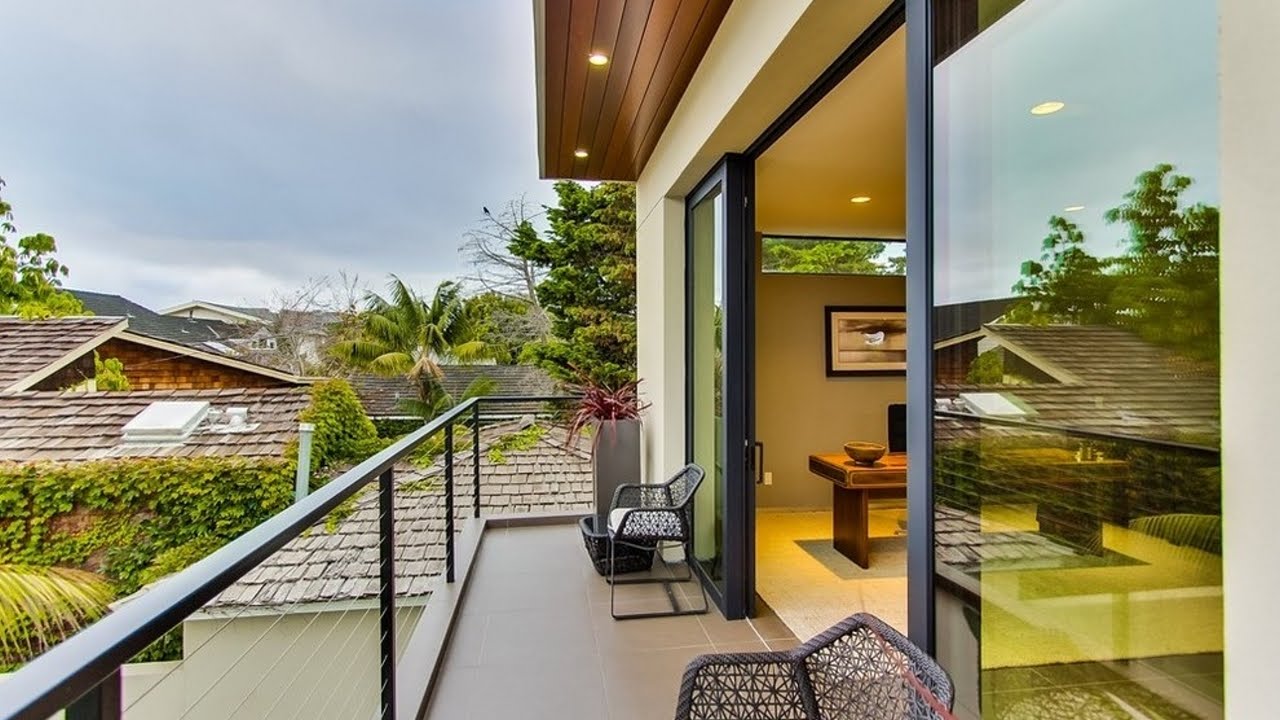
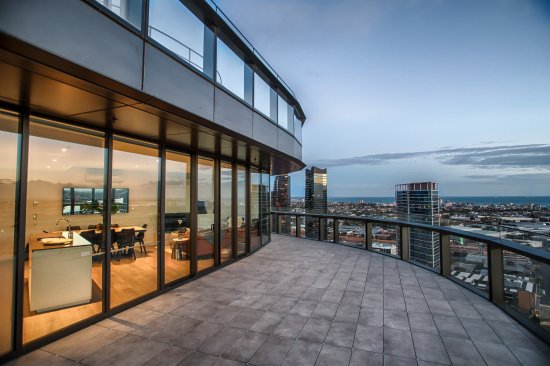
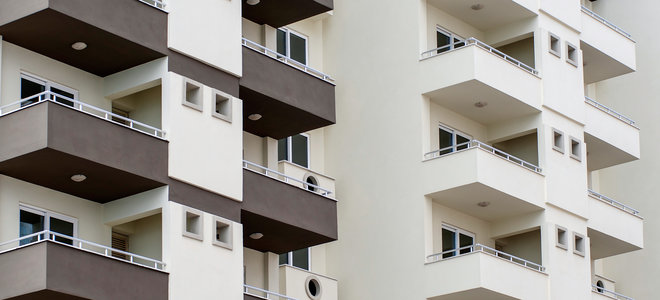
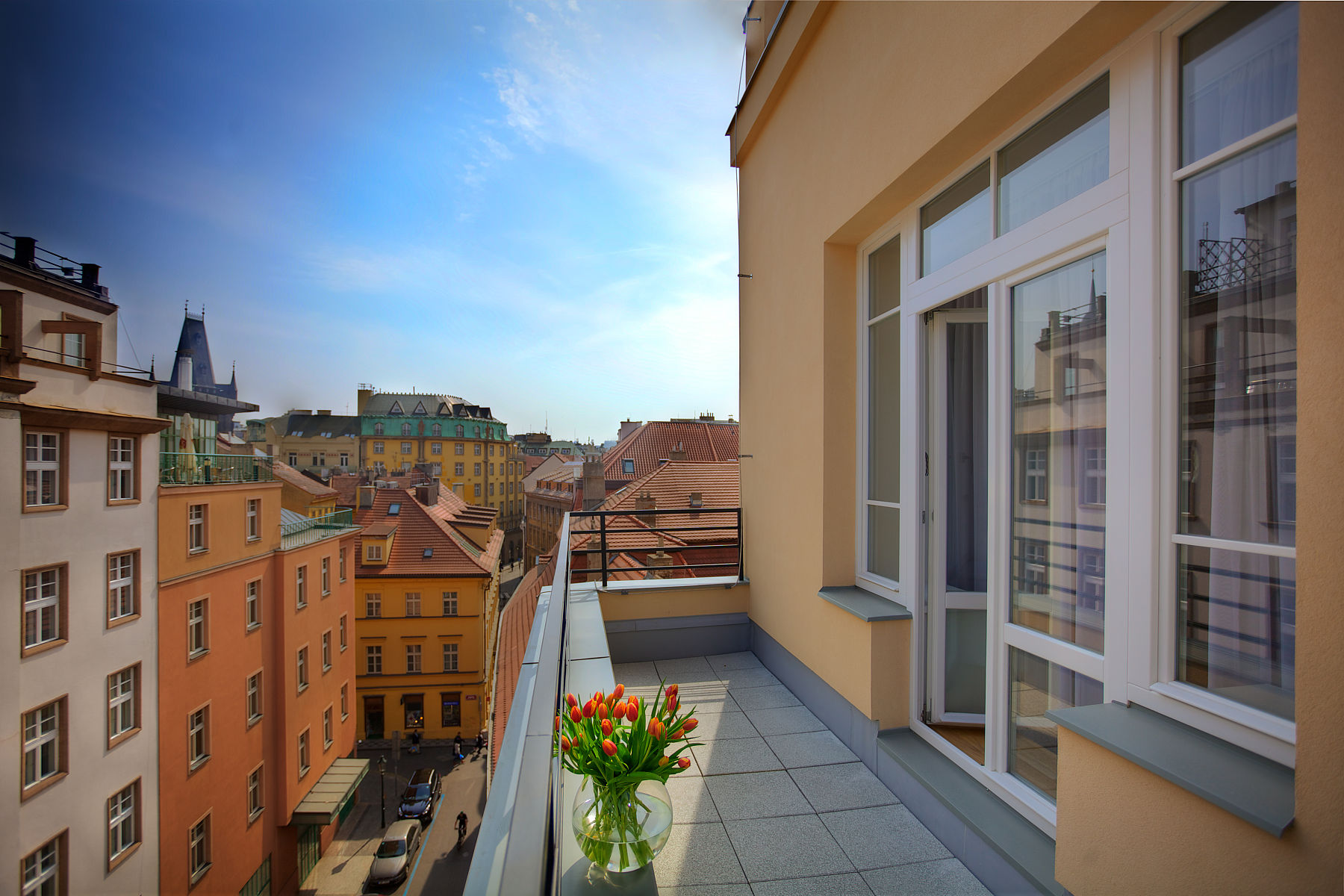
BALCONY
A balcony is a platform protruding outside of a building, enclosed by walls and supported by columns or brackets. This platform usually projects from the side of a building and cannot be accessed by way of stairs, but instead by an upper floor window or door. Balconies are often found alongside high-rise condo / apartment buildings and townhouses as they do not have yards. They are typically small and are not used for entertainment purposes. Balconies are generally covered, but in some cases are open in the top. There are also Juliet balconies (sometimes referred to as balconettes). Though the exact definition is not definite, these balconies usually do not protrude outside of a building. Instead, they are simply a railing against an inward-swinging or sliding door, sometimes even a window. A balcony is a great small space to sit and enjoy a view or fresh air with a couple or a few people. In some cases, such as apartment buildings, you may not be allowed to use a BBQ on your balcony. If you have a larger family or enjoy entertaining many people outdoors, a balcony might not be the right choice for you.
TERRACE
A terrace and a balcony are very similar spaces. A terrace is an external, raised, open, flat area usually located on a rooftop. A terrace differs from a balcony in that the size is much larger. Because they are often located on a roof, they are normally open to the sky. Terraces are often found on upscale high-rise buildings. Because of their size, they are expensive to build and therefore are generally located in ritzy buildings. Some condo or apartment buildings may have a common space terrace used by all the residents to gather and enjoy the view. Because of the direct sunlight, gardens and plants can flourish creating a greenspace oftentimes in the middle of the city. Some rooftop terraces may even house a swimming pool or hot tub. Terraces are not only restricted to apartment and condo buildings as many homes can have a terrace as well. If you are looking for an awesome place to enjoy full sunlight with all your family and friends, a terrace would be a great choice for you.
DECK
A deck is a flat, usually roofless platform most times attached to a house. Decks were once typically made of wood materials, but composite and vinyl are becoming more popular for reasons such as resistant to insects and liquid. Unlike natural wood, composite and vinyl decking do not splinter and normally do not warp. Decks are elevated from the ground and in many cases are enclosed by a railing for protection from heights. Decks can be accessed both by way of the back door of your home, or by stairs in the yard. In some cases, decks can also be covered by a canopy or a pergola. Larger buildings may also have decks on the upper floors which can be open to the public as observation decks. A deck is also the surface used to construct a boardwalk over sand or water in public parks and beaches. Decks are great for any sized family as they can be as large or small as your lot will allow. You can build-in hot tubs, pools, use your BBQ, set up outdoor furniture, the possibilities really are endless with a deck and they are a great choice for anyone.
PATIO
A patio is a flat, paved outdoor area, generally used for dining or relaxing. Patio’s are flush to the ground and are not elevated. They are typically not an enclosed space; however, they can be covered by a gazebo or a pergola. Common materials to build a patio include concrete, stone, brick, tile or gravel. Patios are often decorated with plants and furniture. Patios are versatile in the fact that they can be built in any shape or size. They can be attached or detached to the home and can add great curb appeal, especially when paired with landscaping. A completely enclosed patio with walls on every side is considered a courtyard. Outdoor kitchens and firepits can easily be built in to patios and they look great around swimming pools. Patios can add a lot of beauty to an outdoor space and are great for families of all sizes. If you are looking for an attractive and versatile outdoor space for dining or spending time outdoors, a patio just might be a great fit for you.
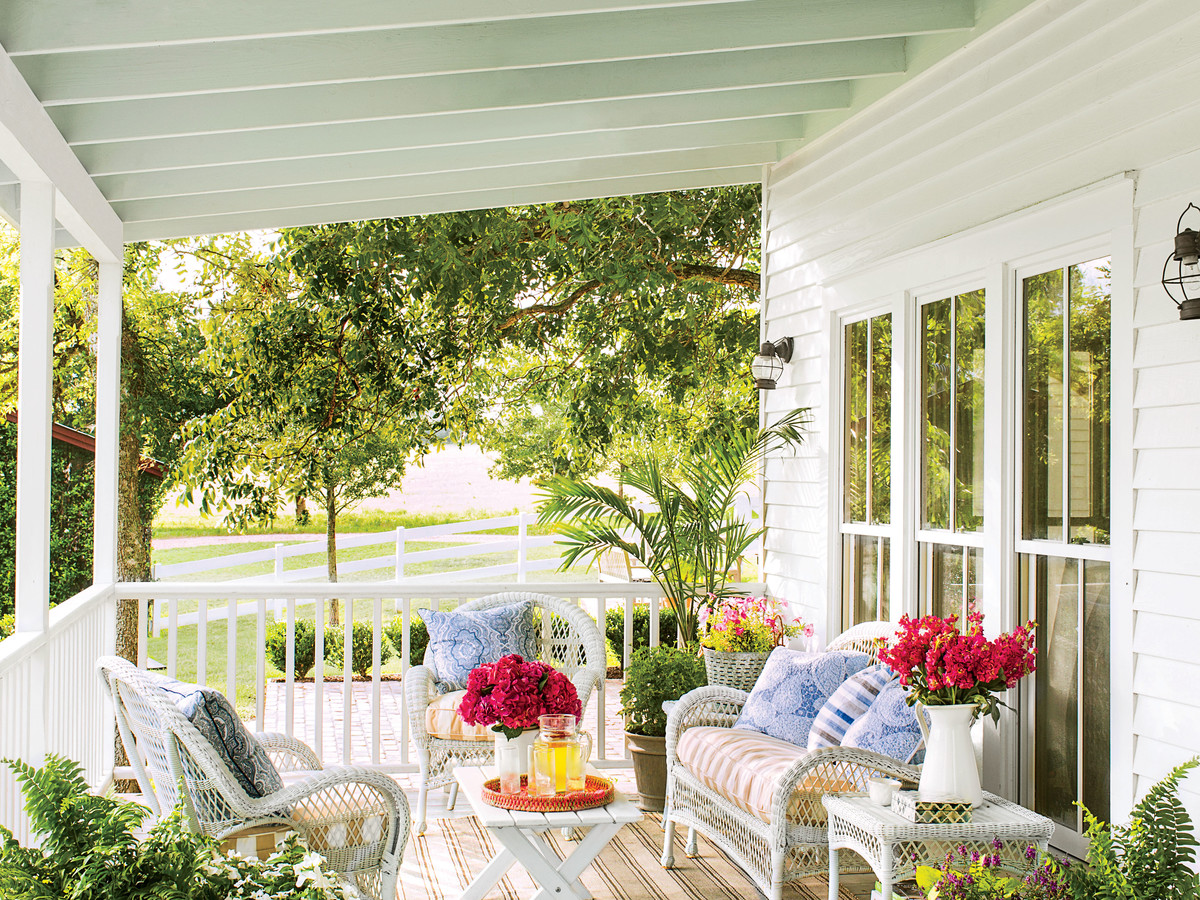
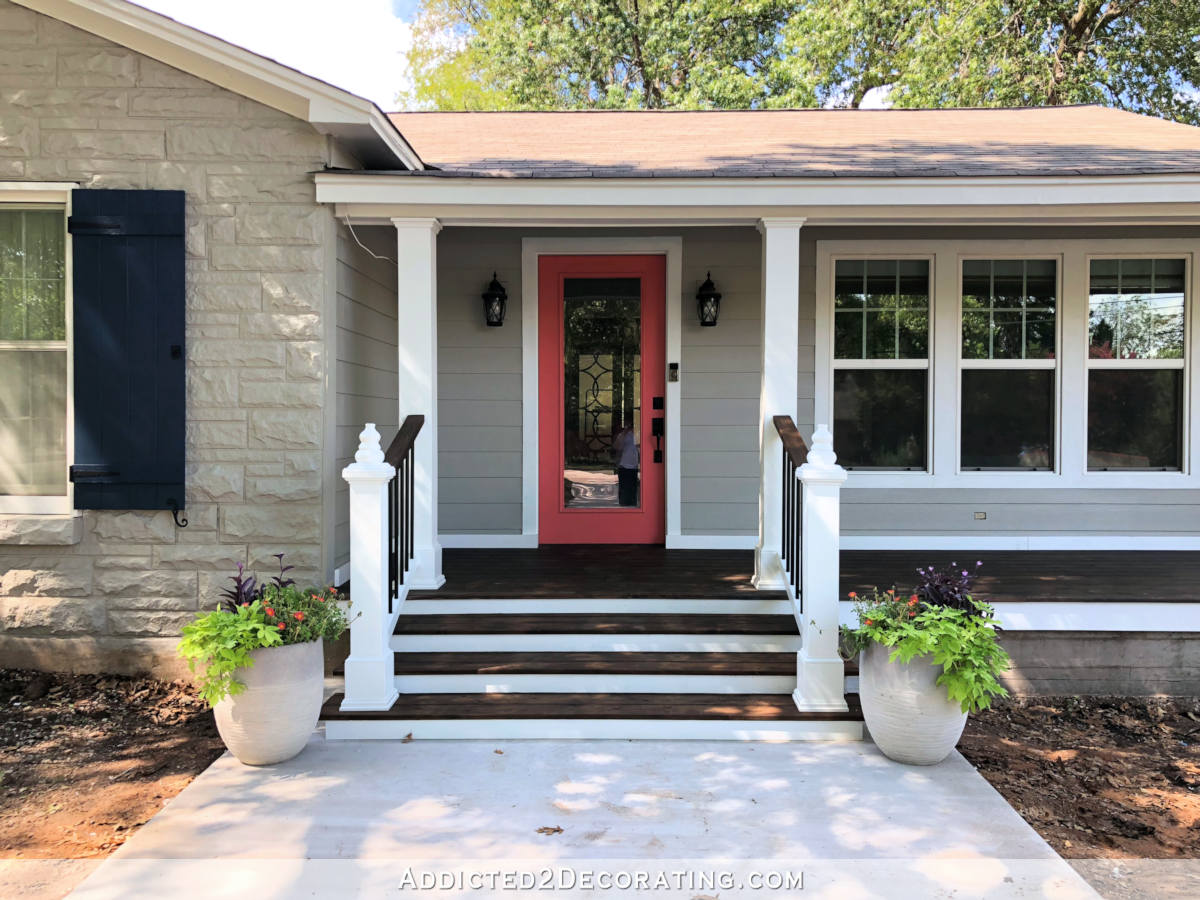
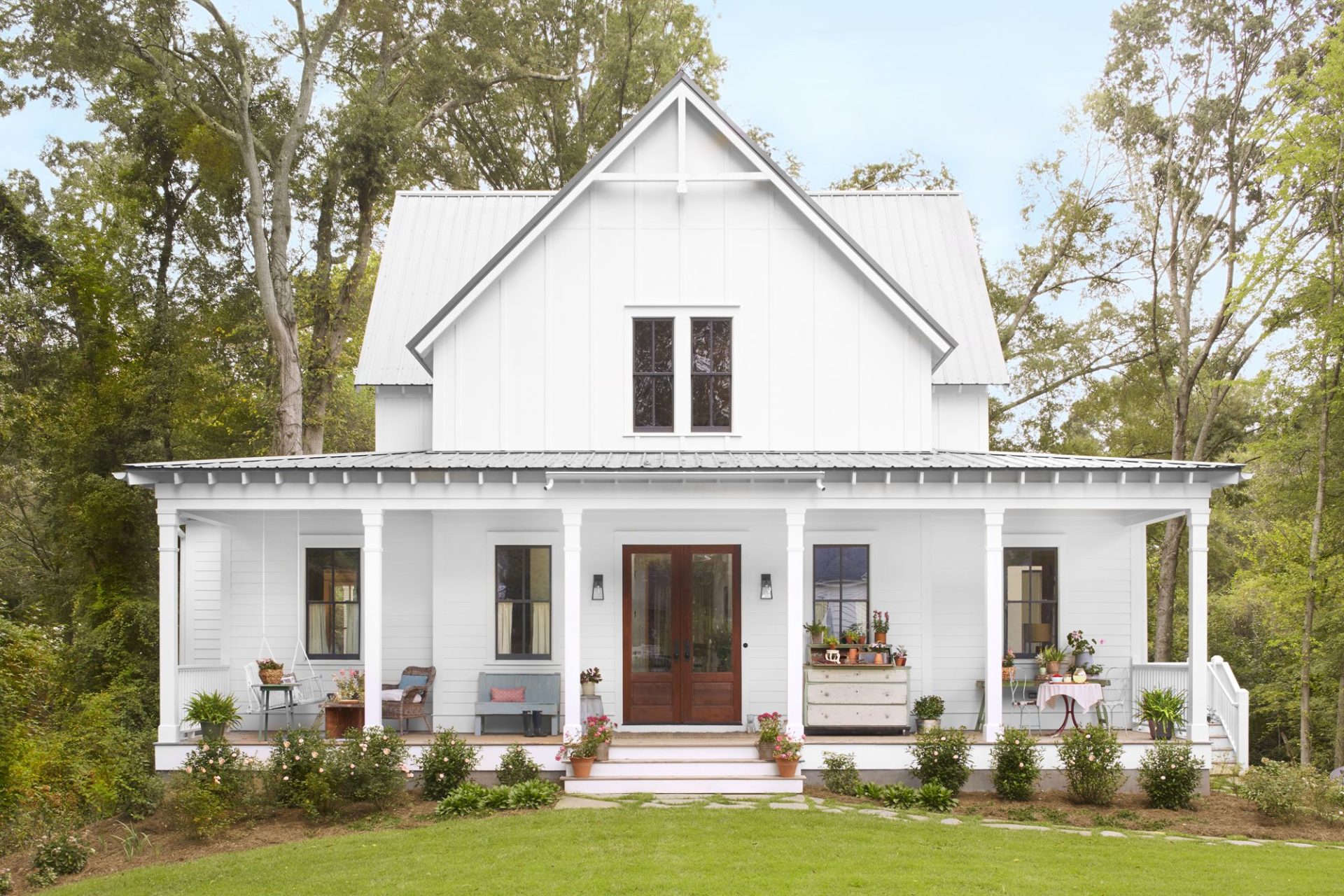 Affordable Real Estate - Photo by: Freepik
Affordable Real Estate - Photo by: Freepik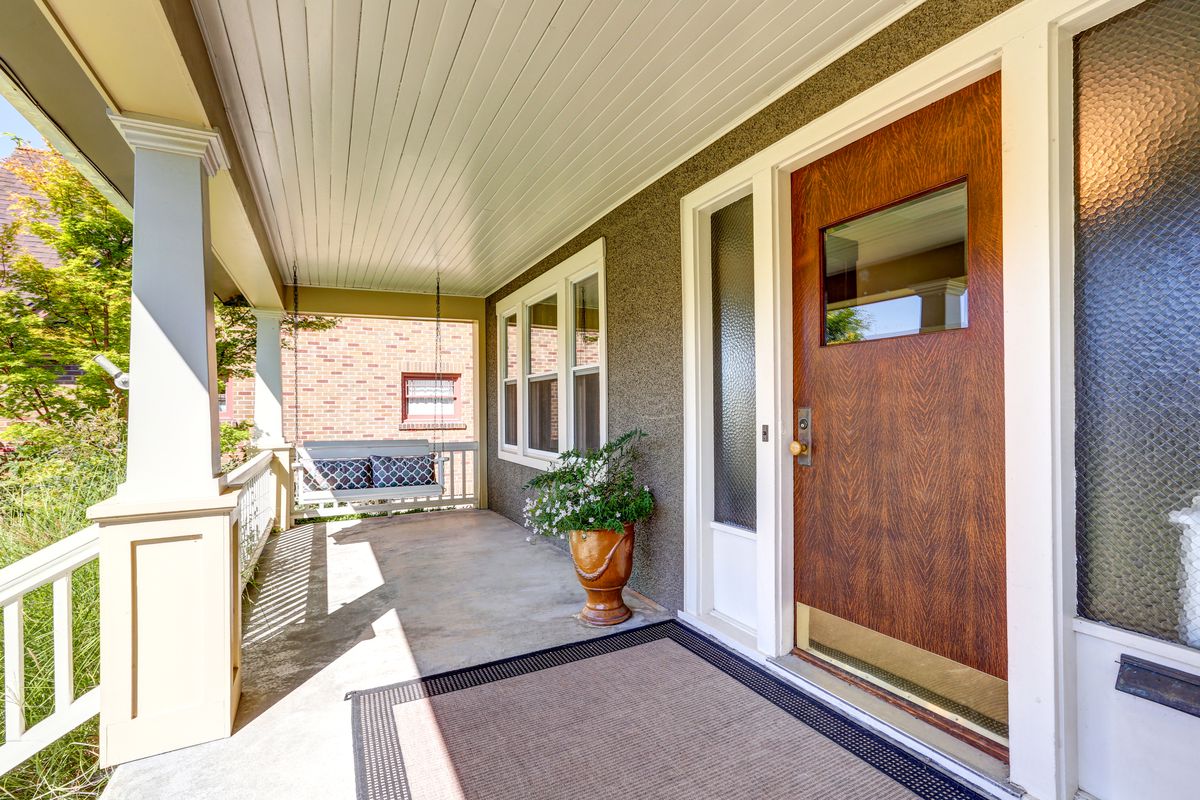
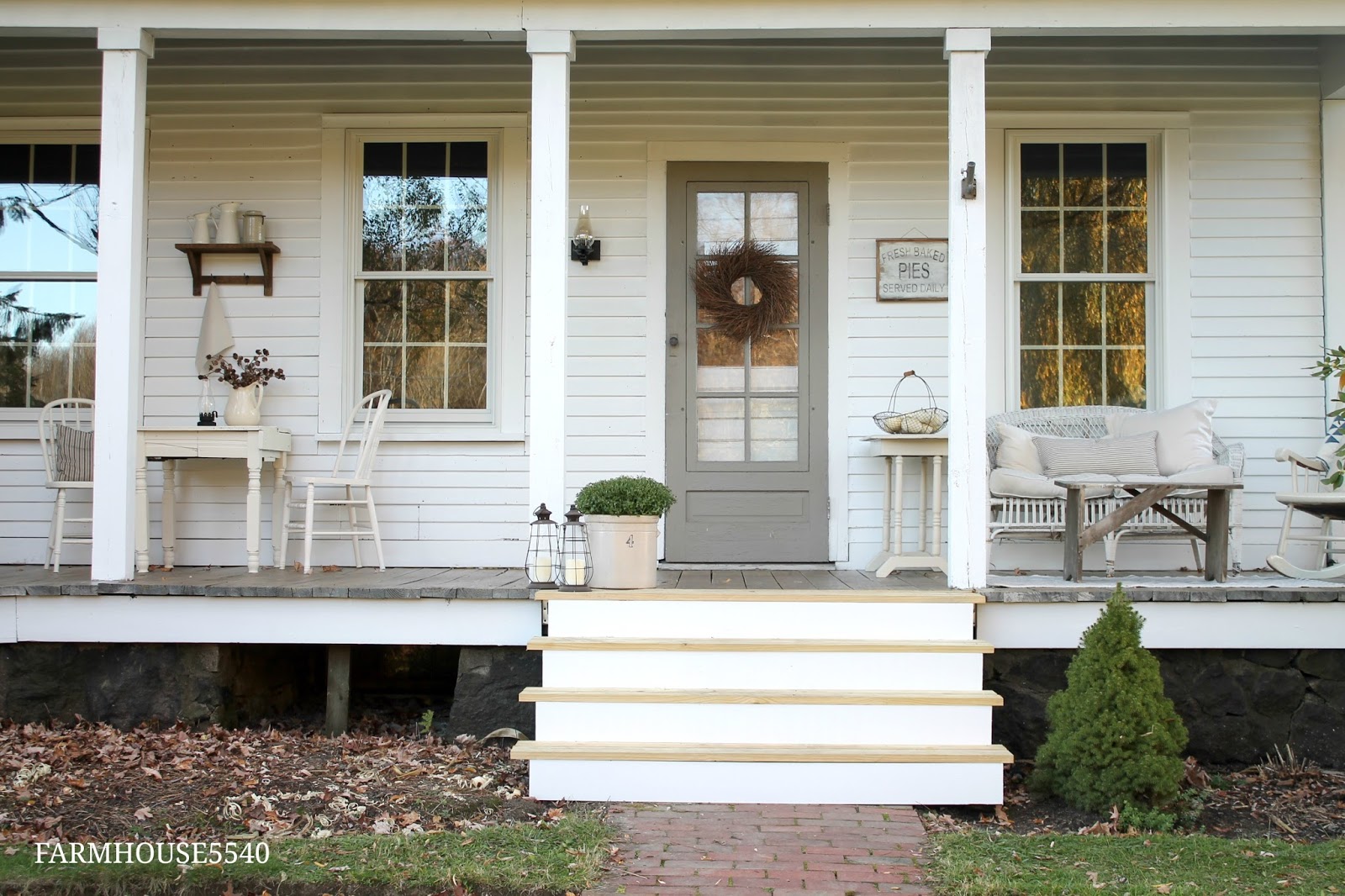
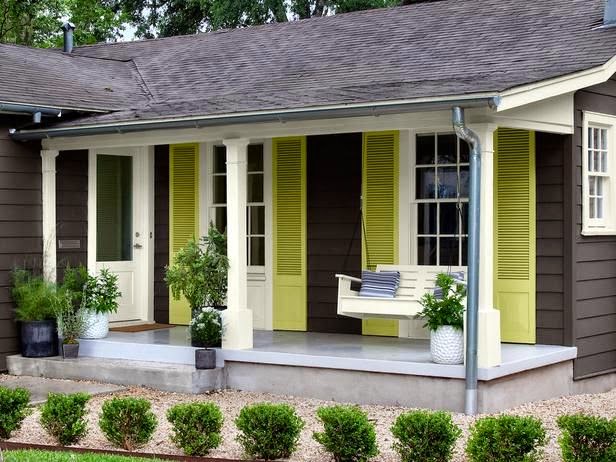
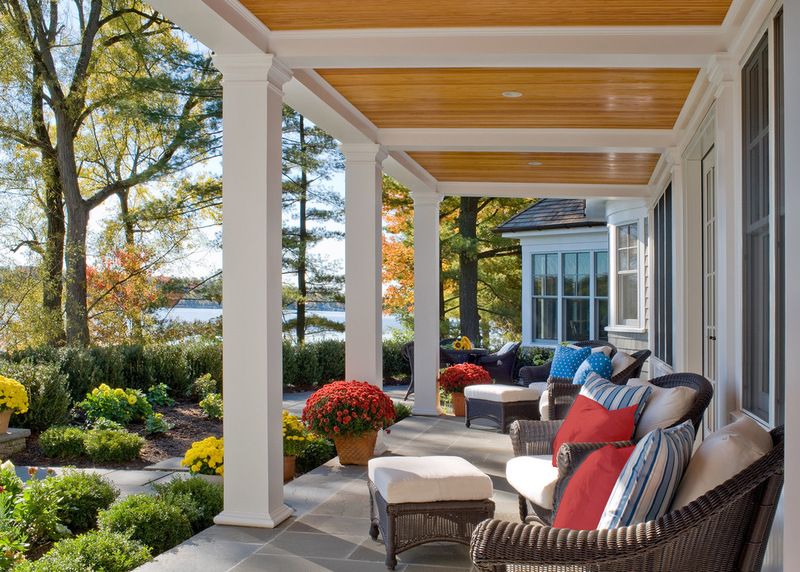
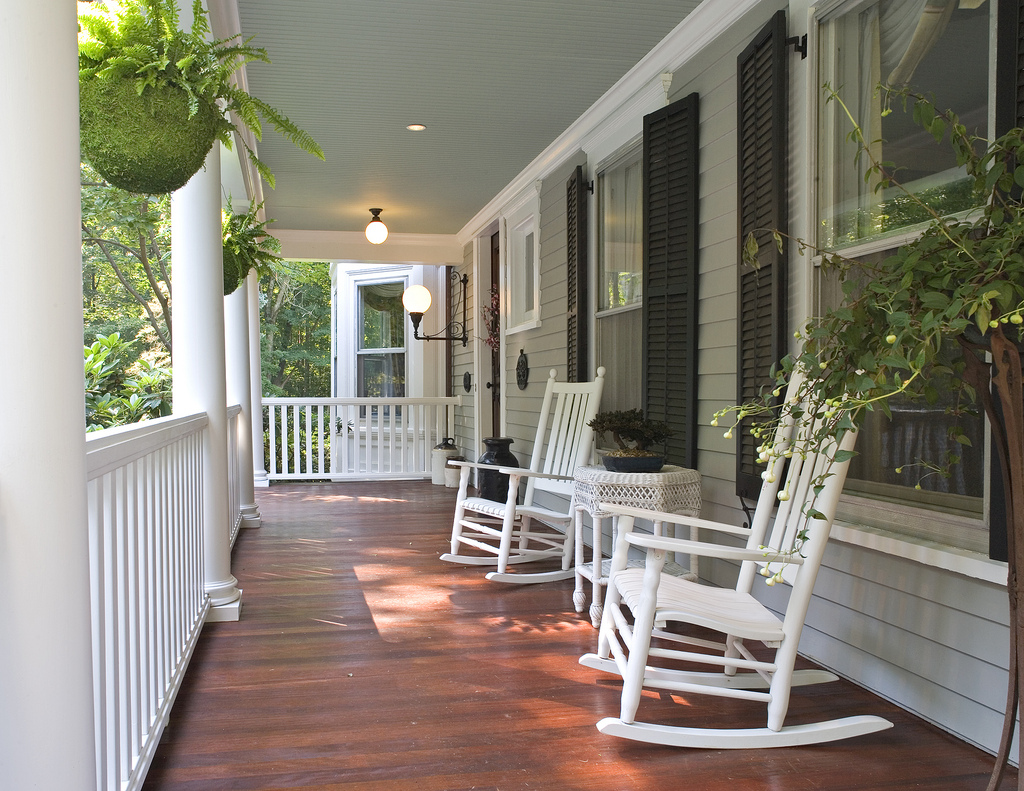
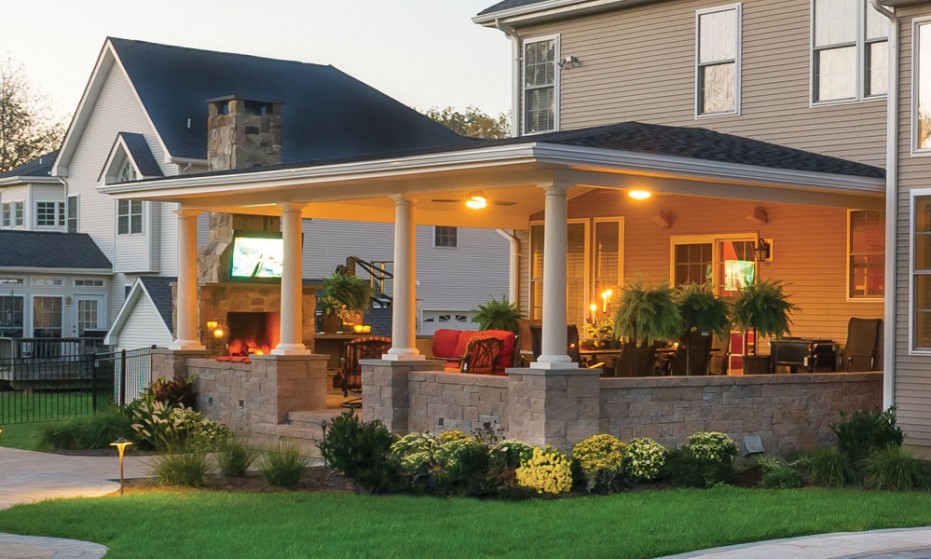
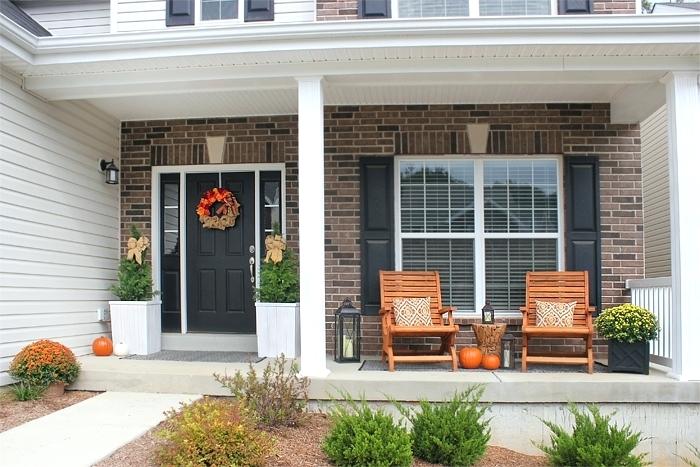
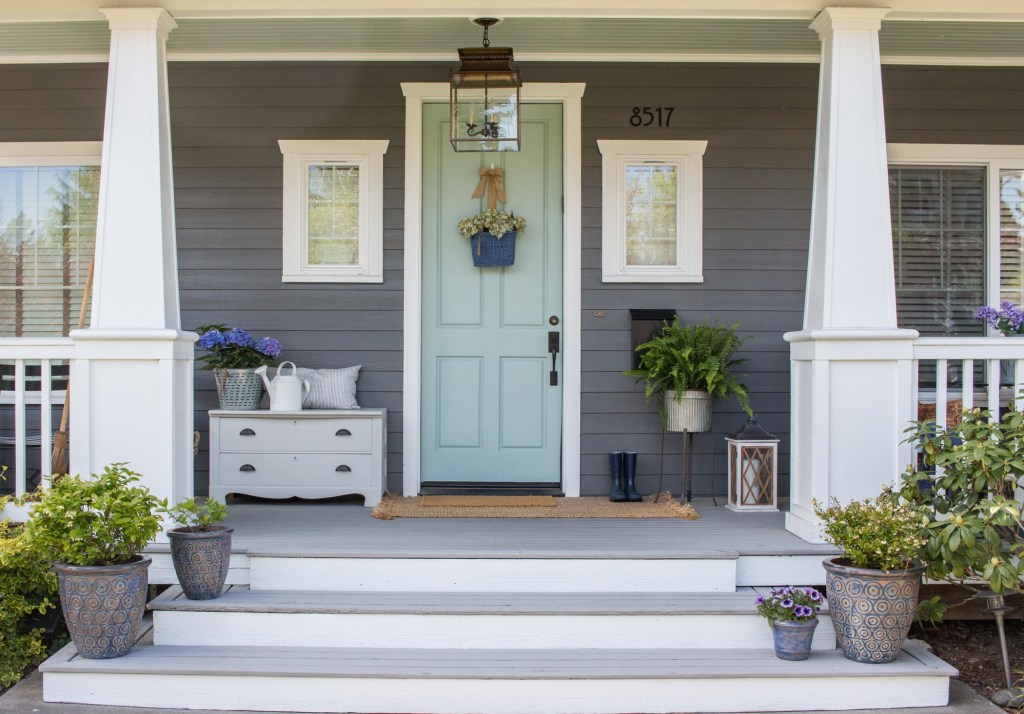
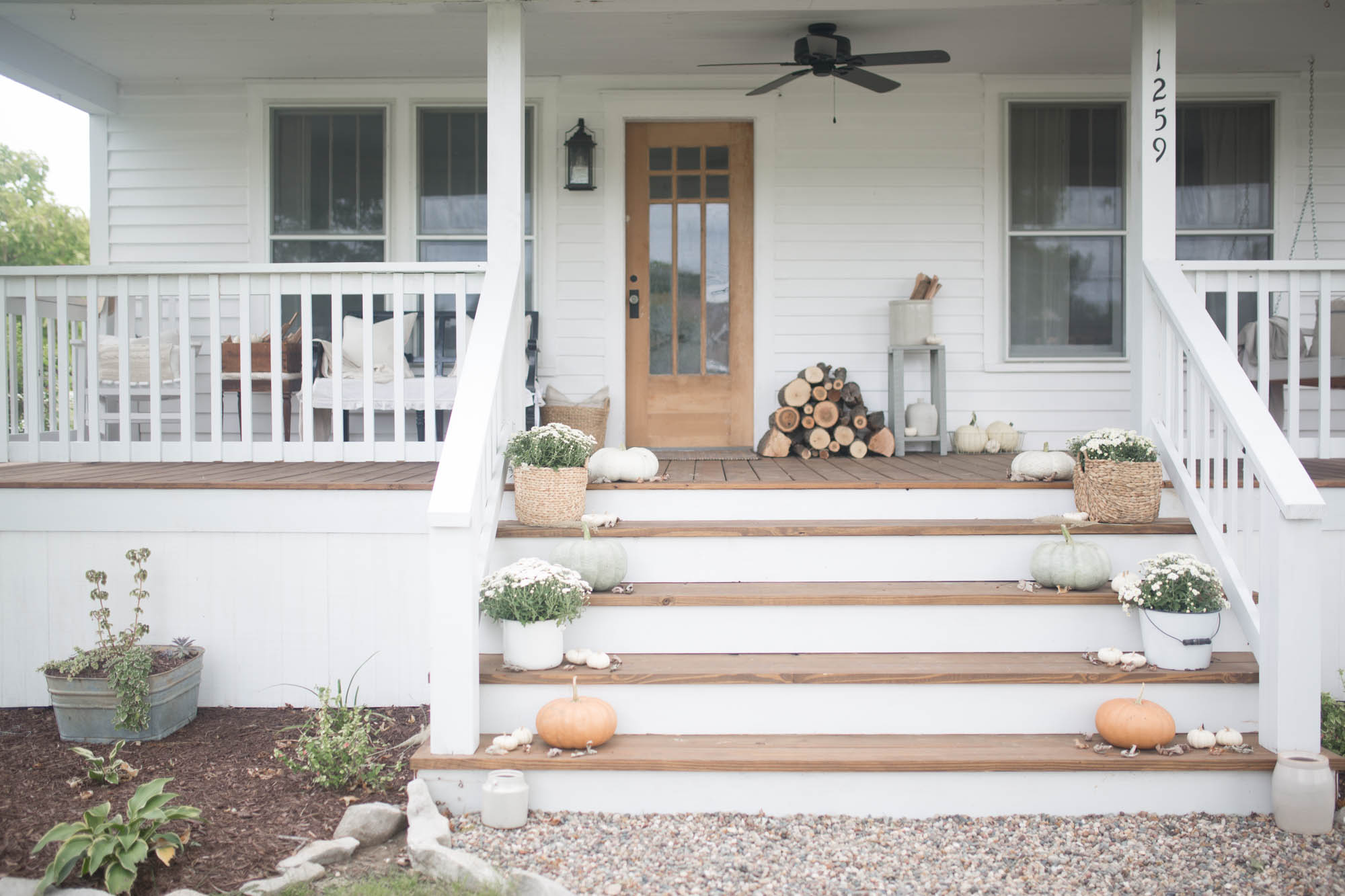
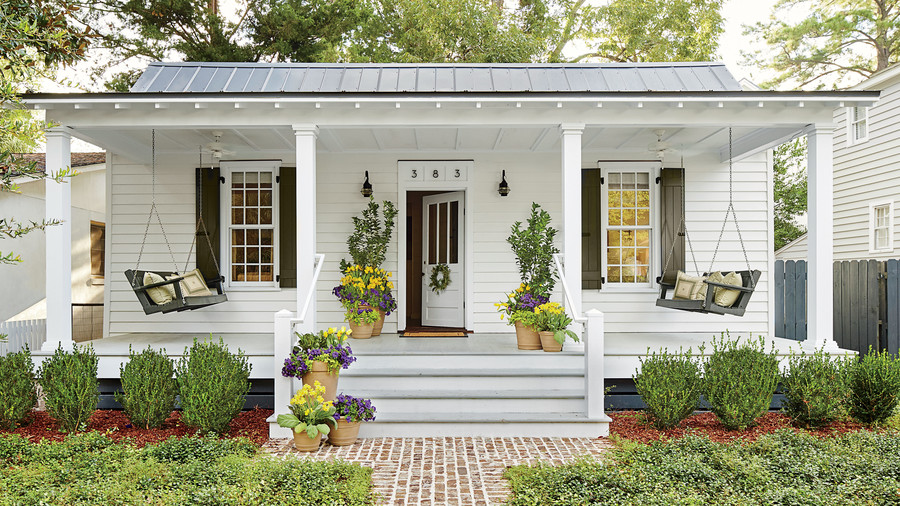
PORCH
A porch is a covered shelter projecting in front of the entrance of a house or building. Porches are external to the walls of a building, but it may be enclosed in certain types of frames including walls, columns or screens. A porch is the first thing that greets you when you walk up to a home. They can be flat to the ground or slightly raised, with several steps. Porches allow enough space for a small group of people to comfortably relax before entering or just after exiting a home. Some porches are small, covering mostly just the entrance, or they can be larger and may even wrap around the entire home, but technically if they wrap around the home – they are considered a veranda. More on that later. Porches are generally made of the same materials are decks, including wood, vinyl, composite as well as brick. Porches are unique in that they are an outdoor living space enjoyed at the front of your home rather than the back. Porches typically are not used as dining or entertaining areas and are generally much smaller than decks or patios. If you are looking for a simple space to sit and relax and socialize with your neighbours, a porch might be a great fit for you.
PORTICO
A portico is a small porch leading to the entrance of a building supported by columns or enclosed by walls and is covered by a roof. There are usually stairs leading up to a portico. A portico serves a functional purpose such as protection from the rain and they are aesthetically pleasing much like a front porch. Unlike a porch, the portico does not serve a social purpose and is mainly added to increase curb appeal. These structures can be square or rectangular and oftentimes are gabled which look great especially when paired with a gabled roof on a home. There may be enough space for 1 or 2 small chairs on a portico, but they are not typically used as a living space. Porticos can be beautifully decorated, especially in around the holidays. A highly notable portico is that of the U.S. Capitol building (The White House). Portico’s can also be extended as a colonnade as seen in ancient Greece and Rome. Further, they can also be extended overtop of a driveway, creating a porte cochere (almost like a carport) as seen on many hotels.
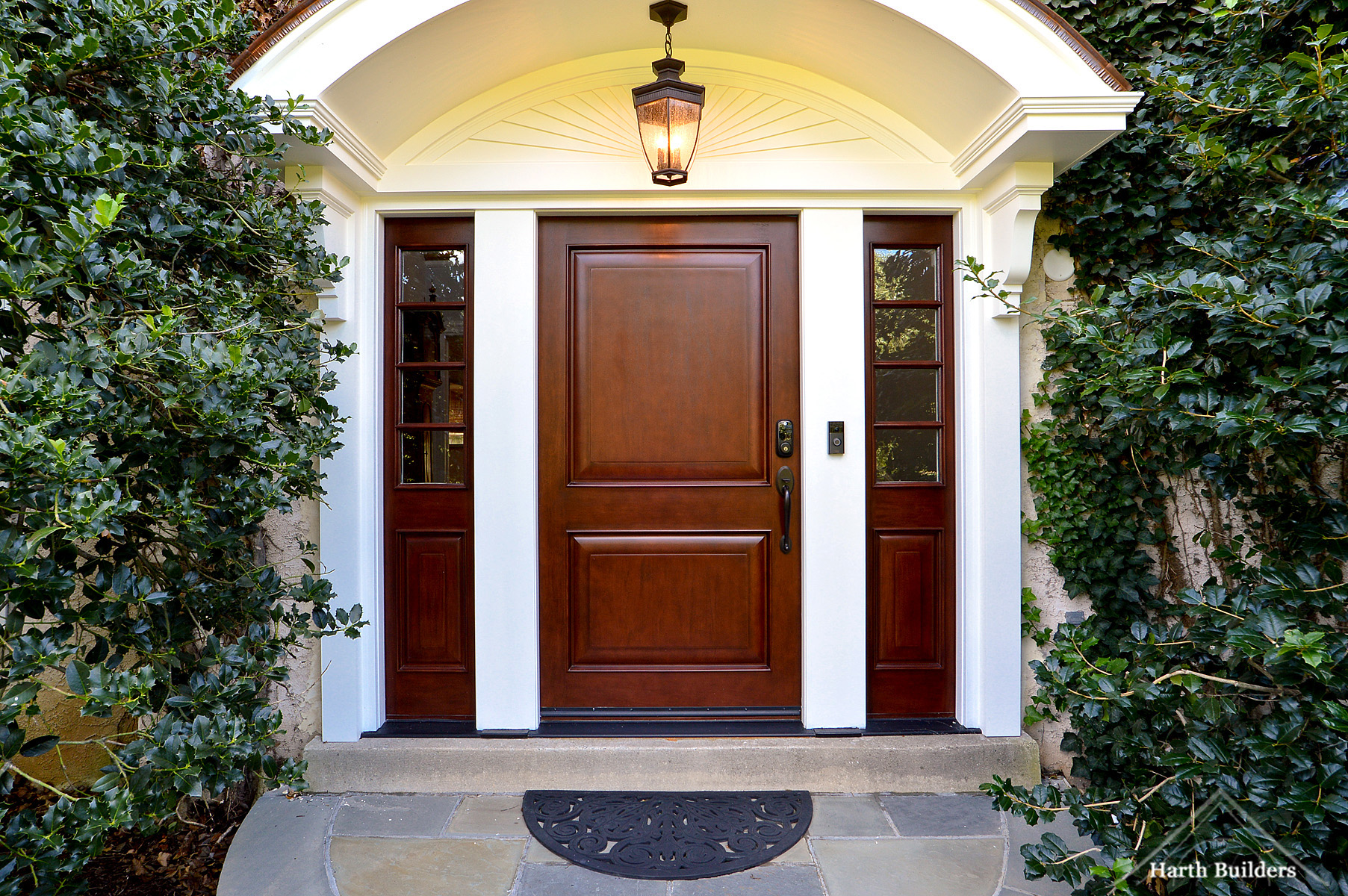
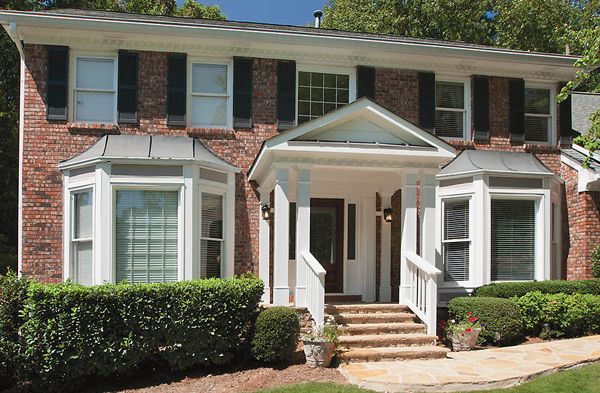
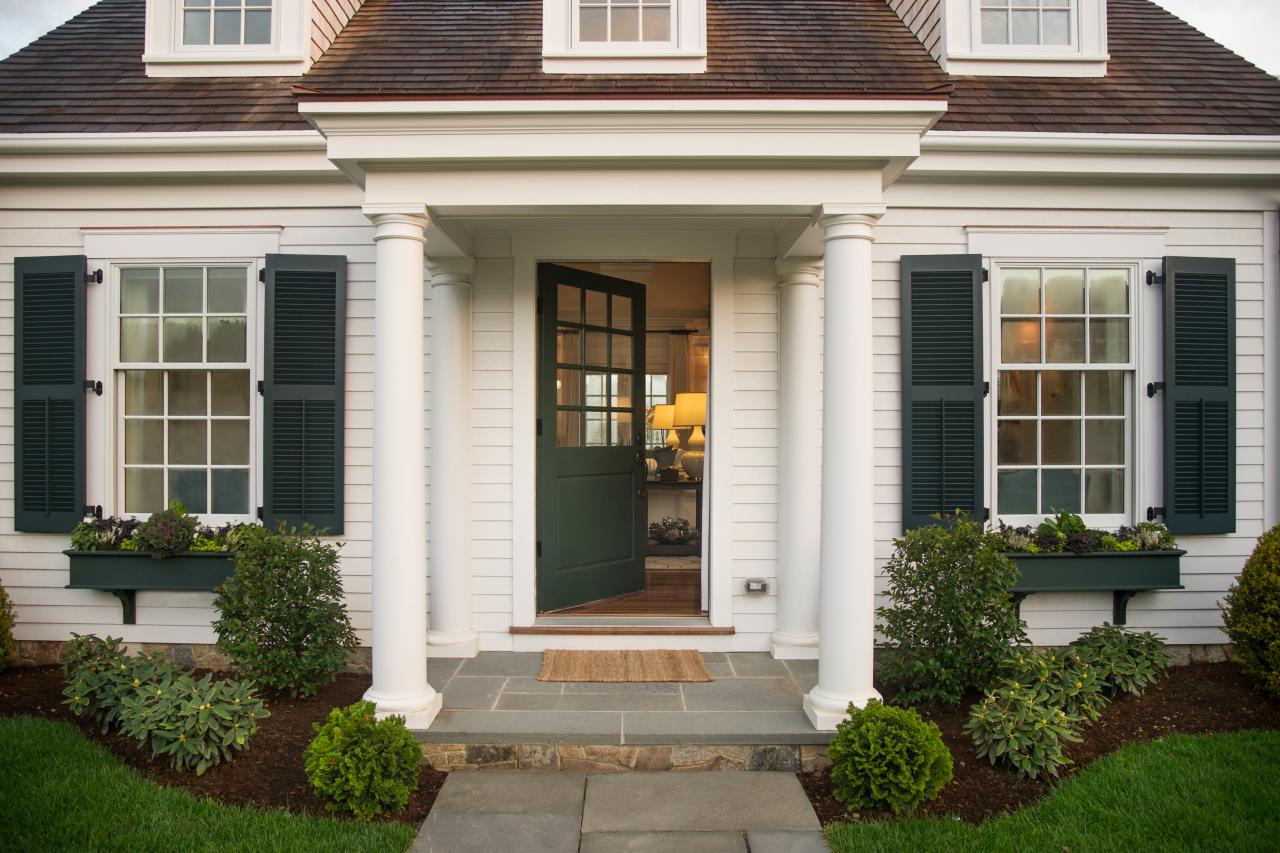
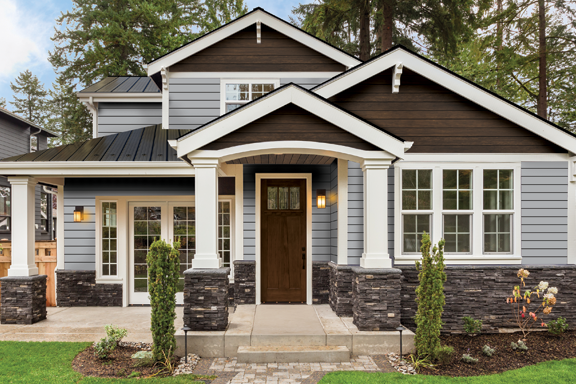
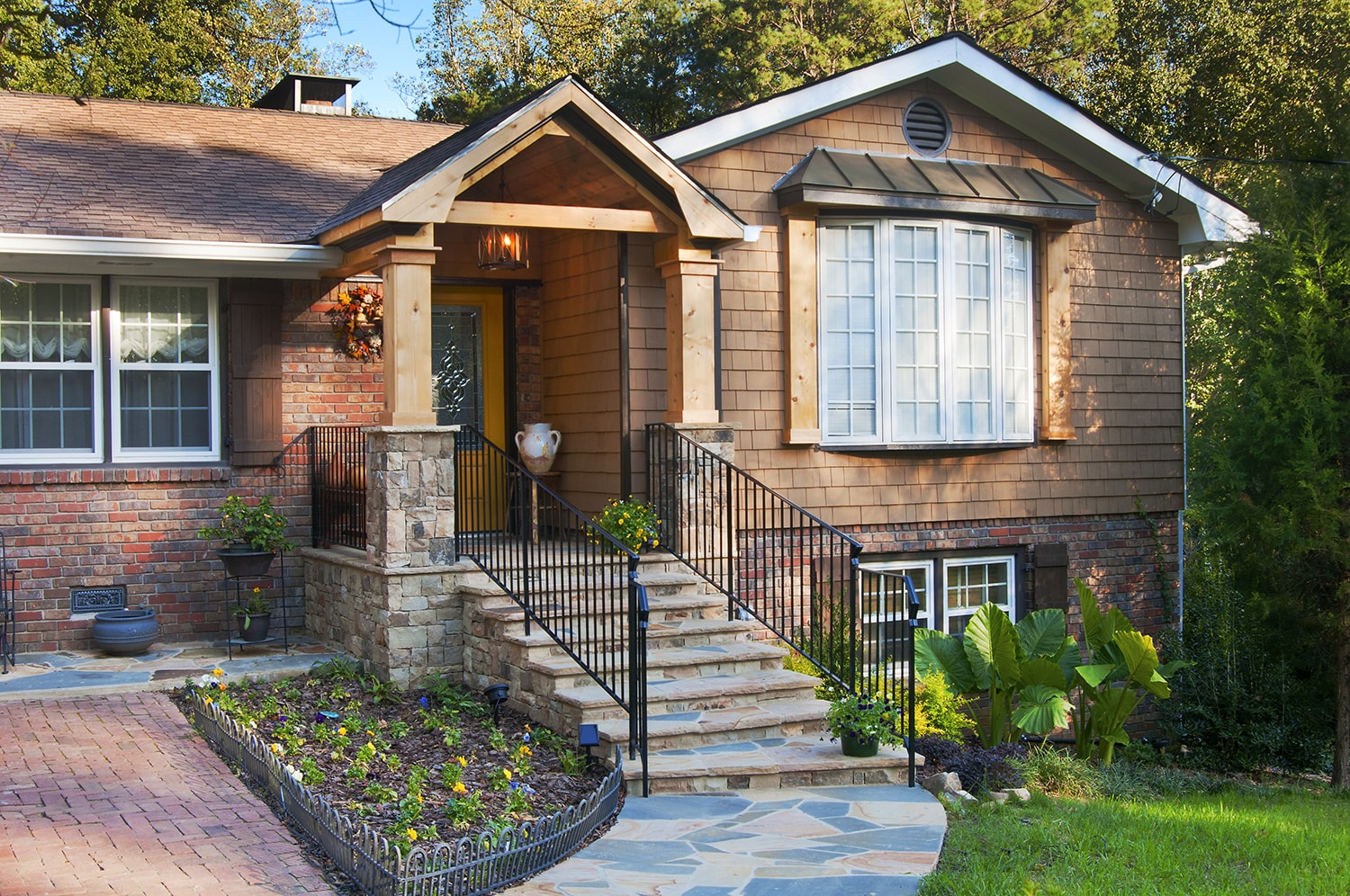
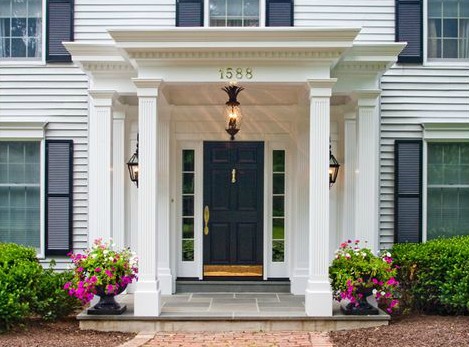
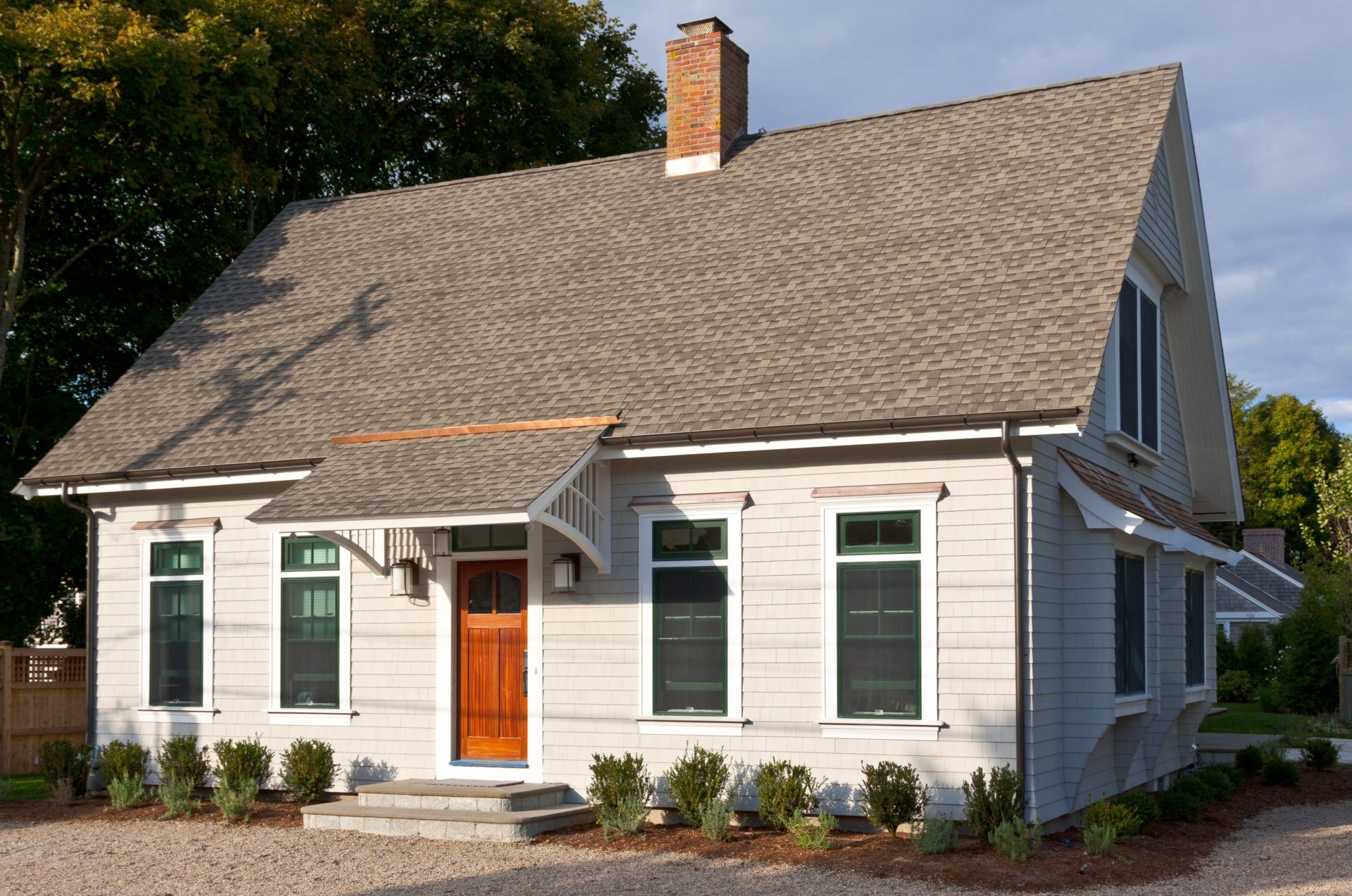
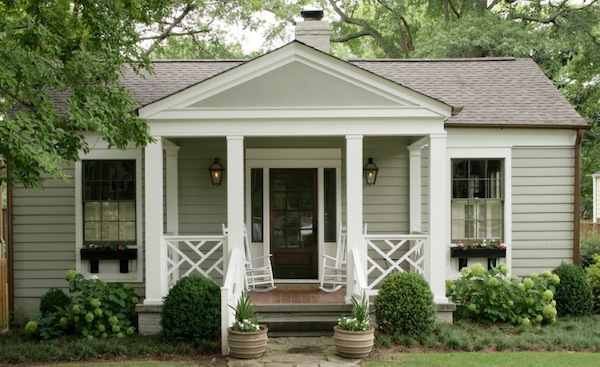
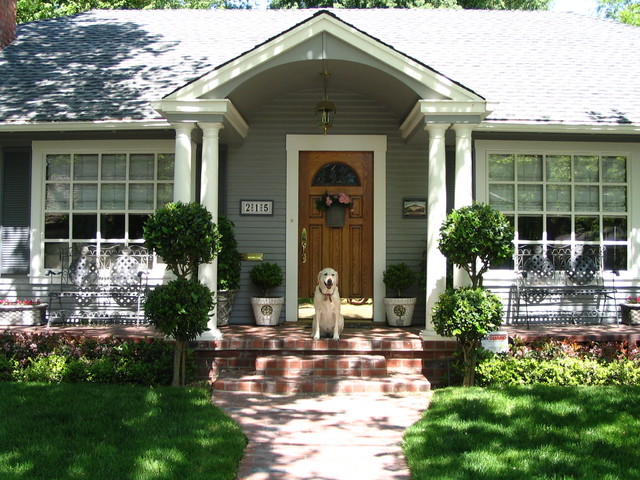
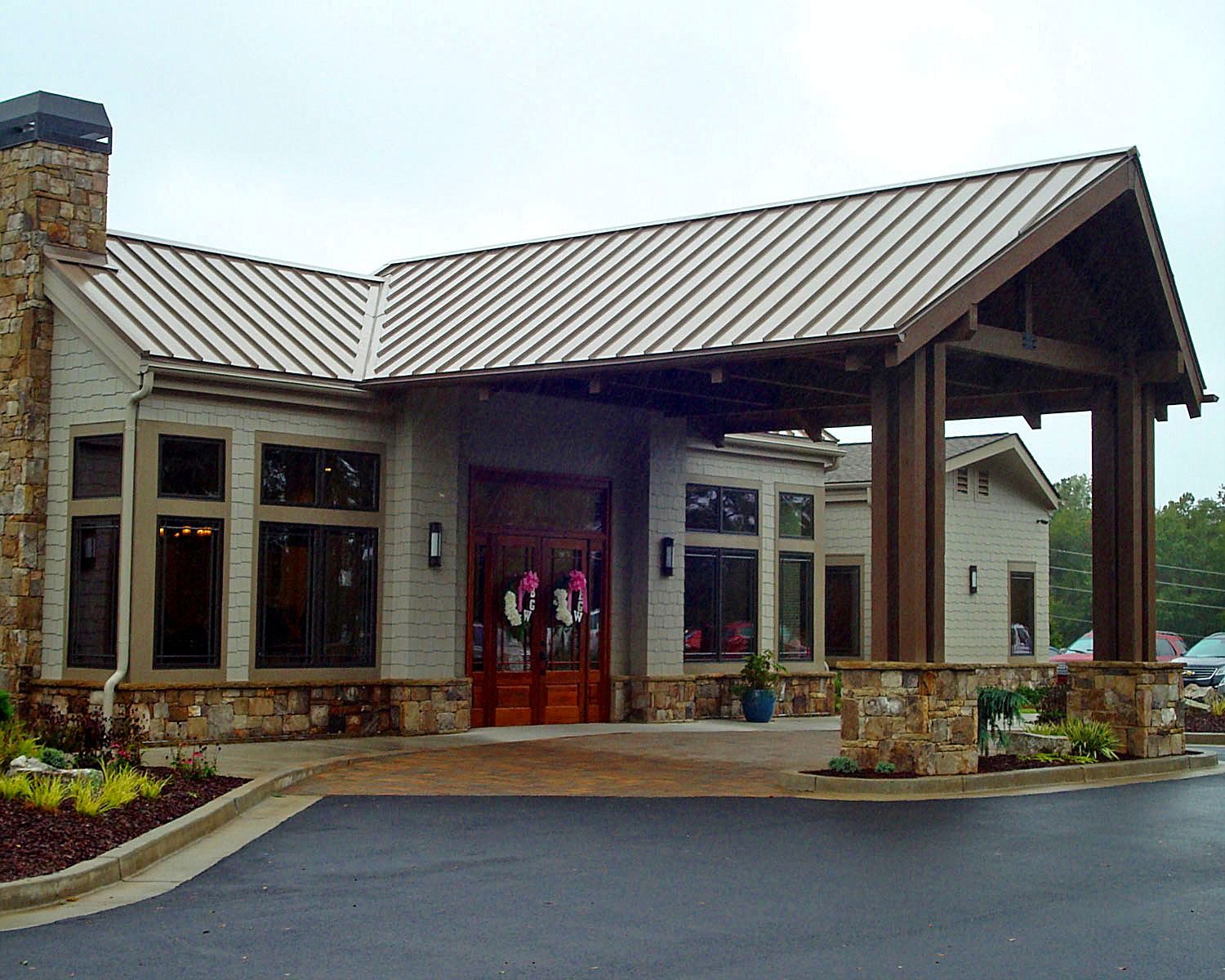 Porte Cochere on home
Porte Cochere on home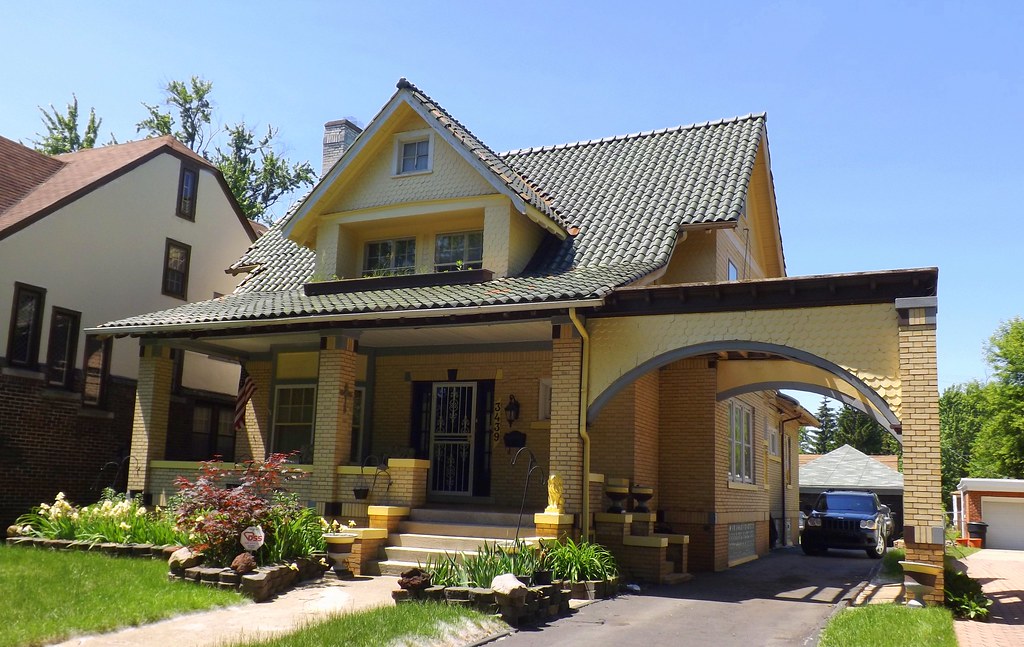 Porte Cochere
Porte Cochere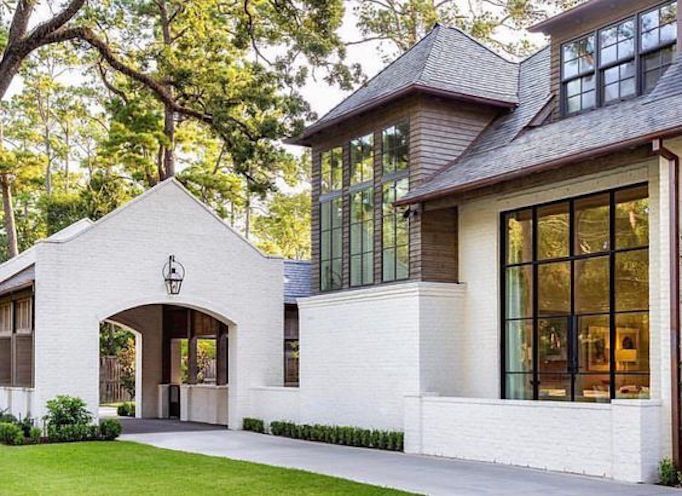 Porte Cochere
Porte Cochere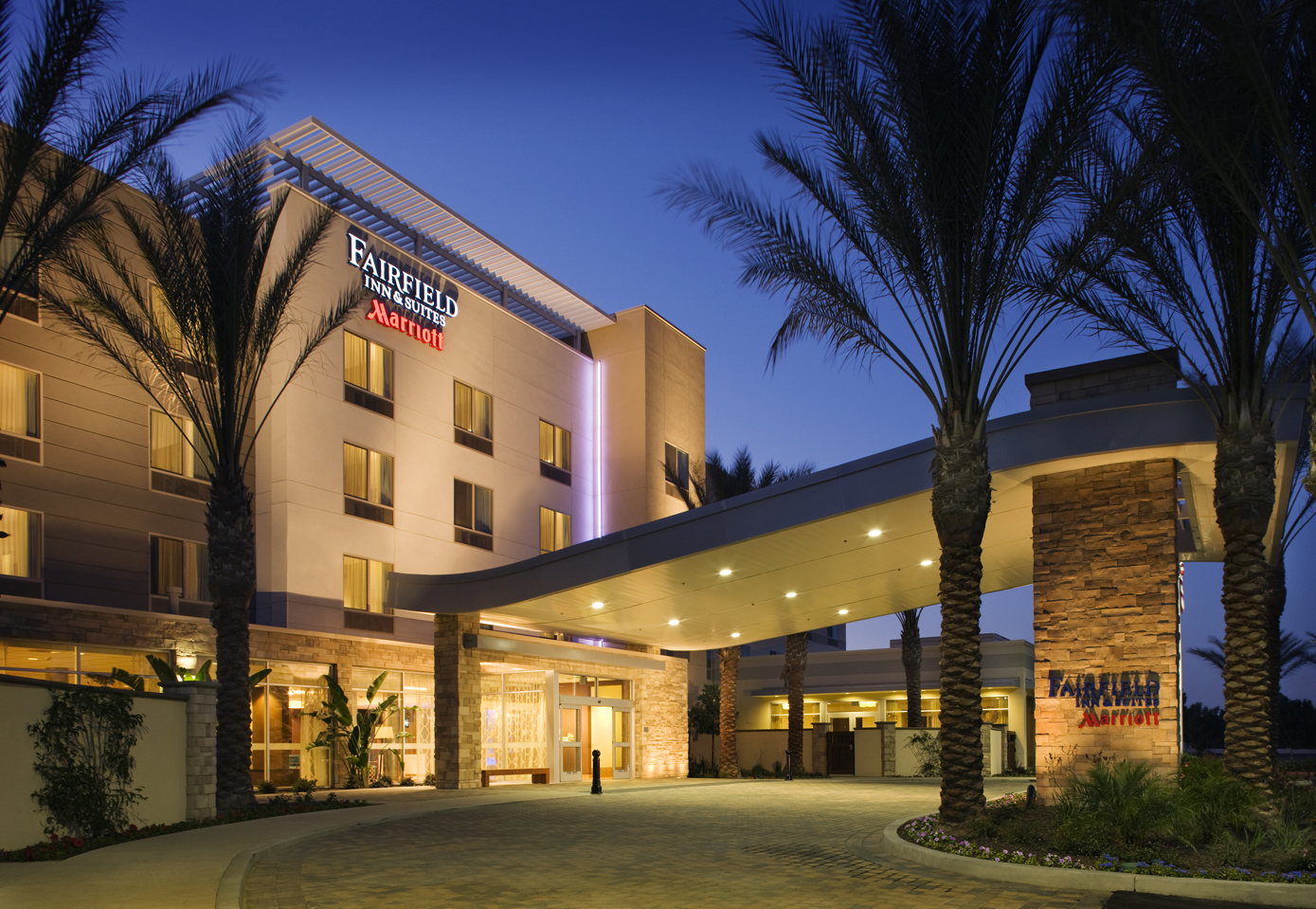 Porte Cochere
Porte Cochere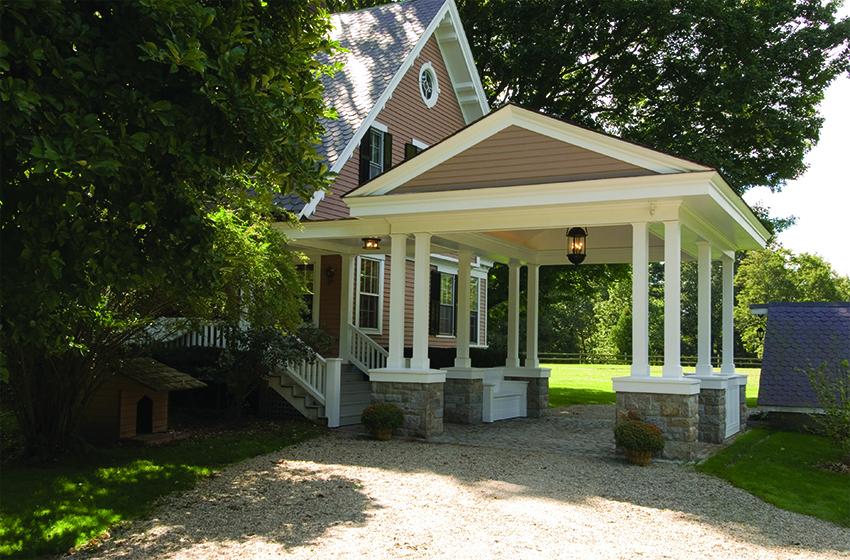 Porte Cochere
Porte Cochere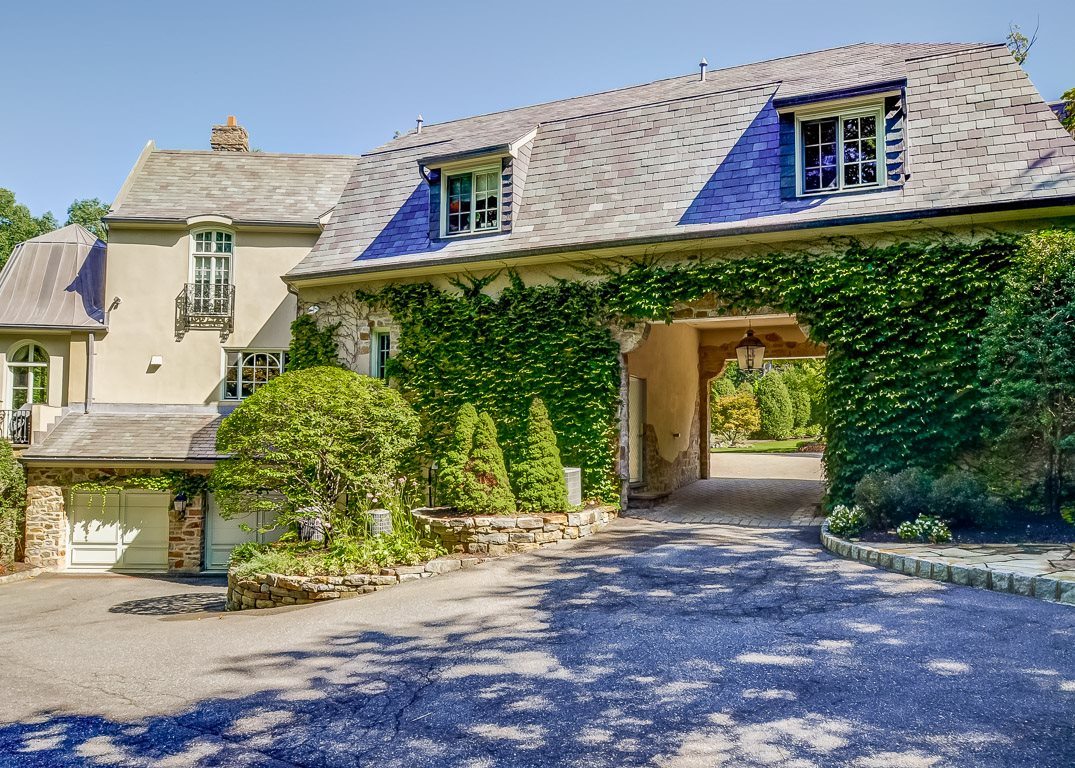 Porte Cochere
Porte Cochere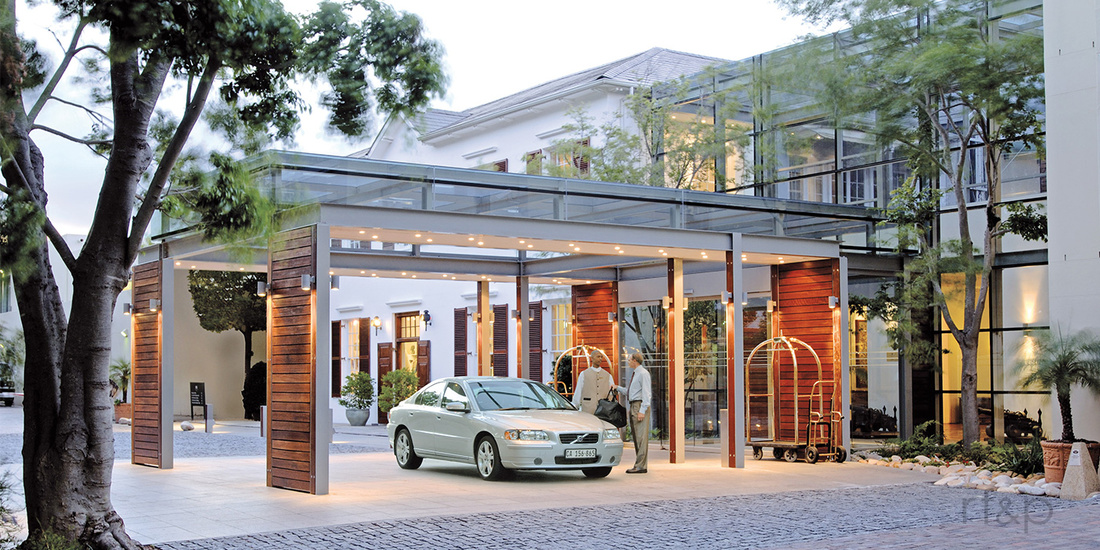 Porte Cochere
Porte Cochere
VERANDA
A veranda (or verandah) is much like a porch in that it is a roofed platform that can be found at the front of your house. The only real difference is that a veranda can be anywhere on the outside of your home, back, side, it can also be wrapped around the entirety of a house. This means that all verandas are porches, but not all porches are verandas – confused yet? The term “wrap around porch” is quite common, however, the correct terminology for a structure like that would be a veranda. While it is mostly open, a veranda may also have a railing. Veranda’s are typically found at ground level, or only slightly raised. Verandas are a style commonly found in the South on farmhouses and cottages. The word veranda comes from the Portuguese word for porch.
There are many different types of outdoor spaces and determining which one is best for you really depends on your family size and style. All are good options for the right type of person. If you are looking for a home with one of these unique outdoor spaces, give us a call! We’d love to help you find your dream home.
613-457-5000


